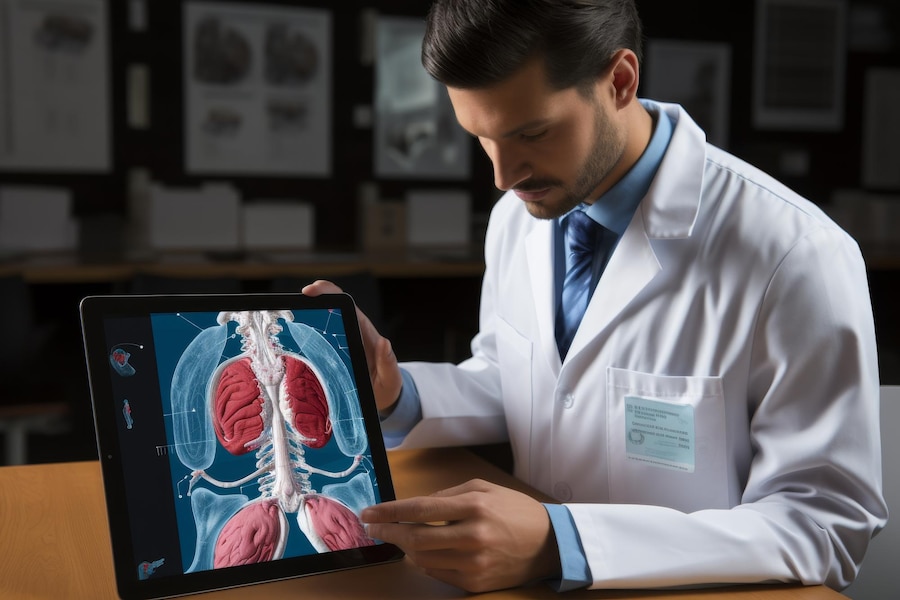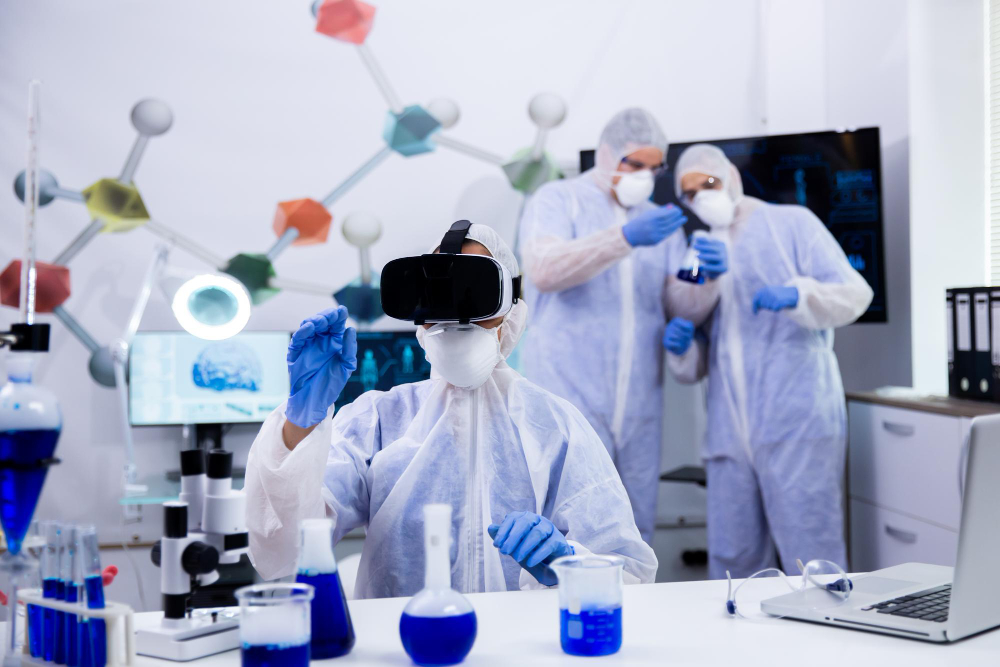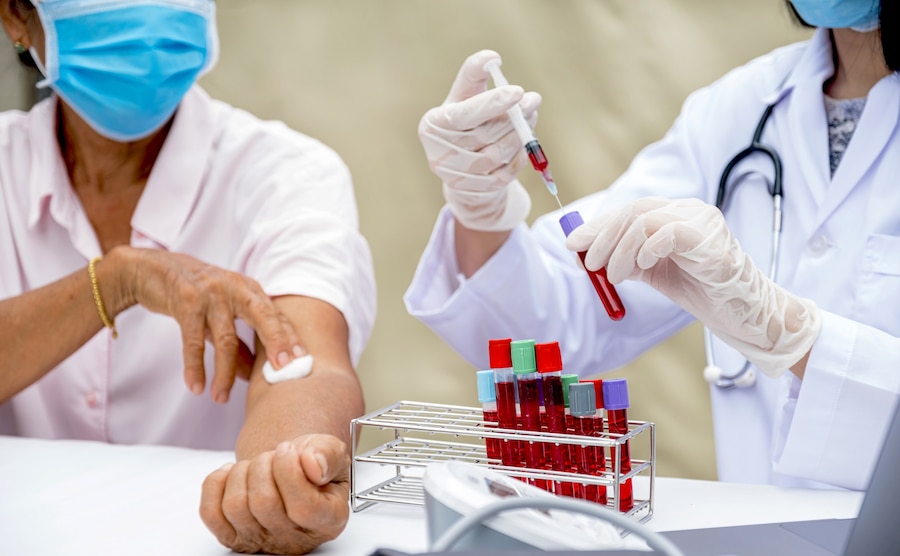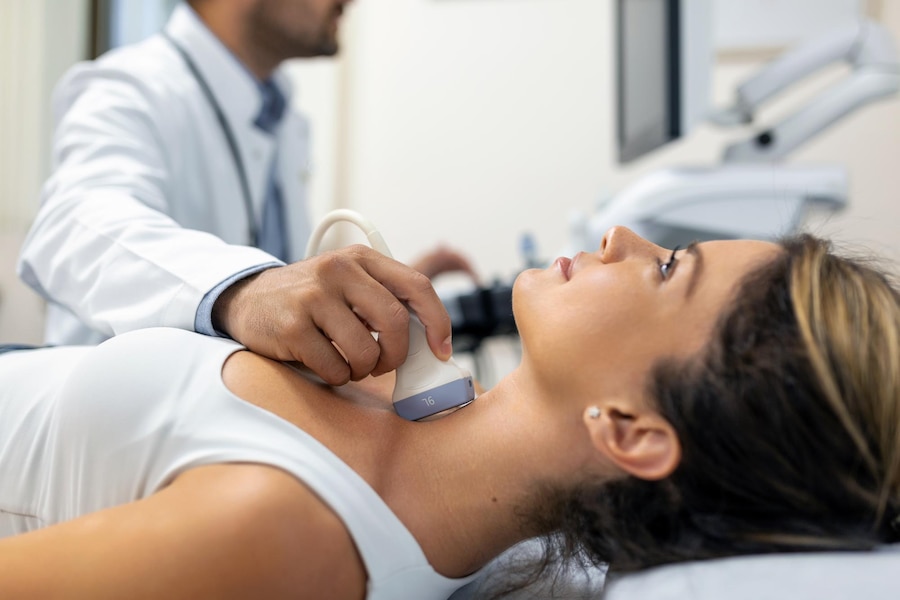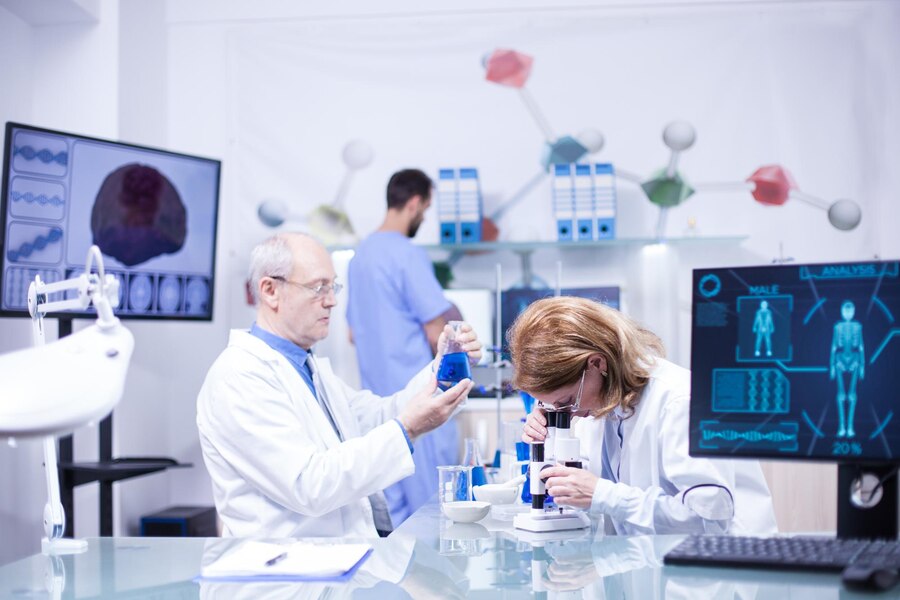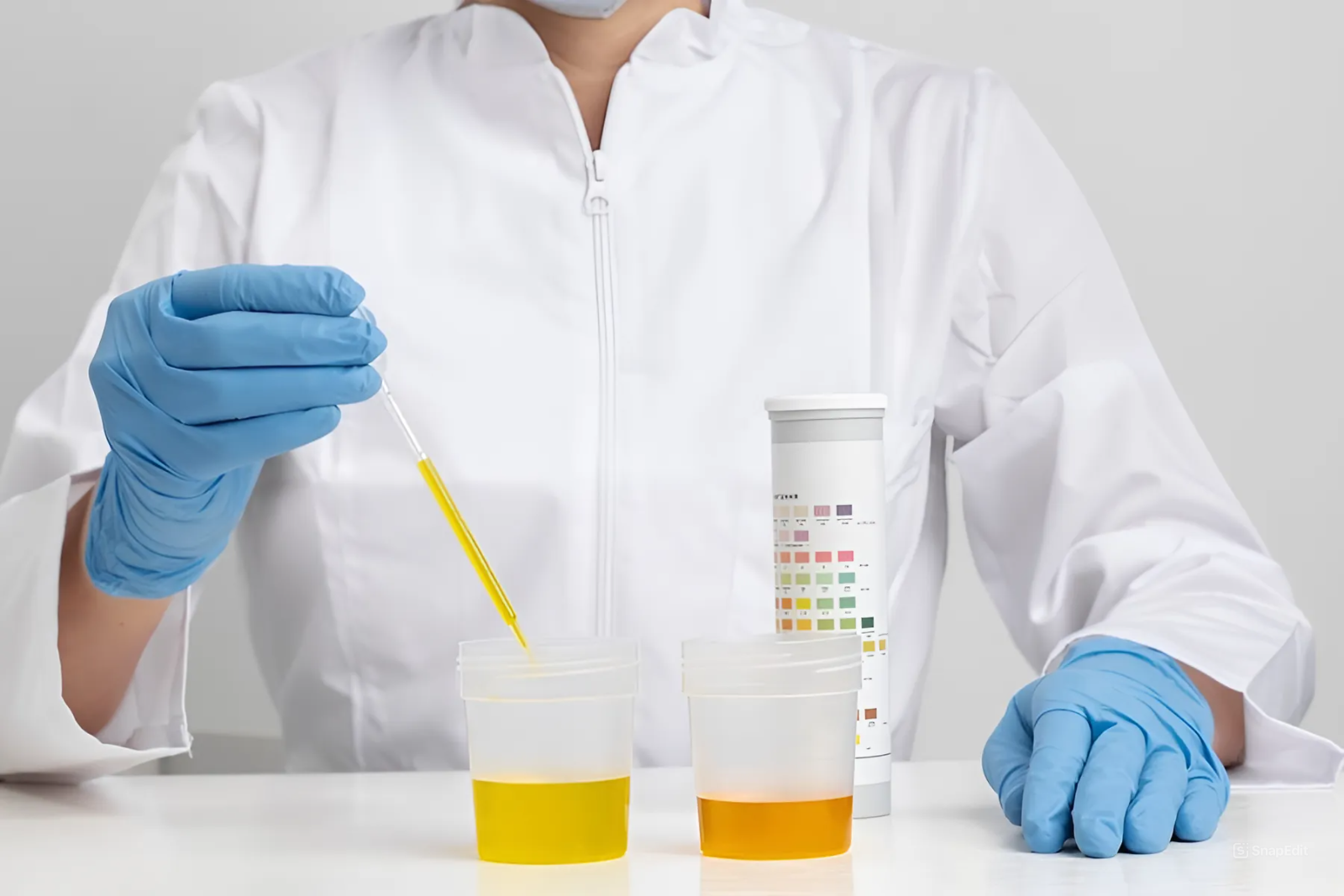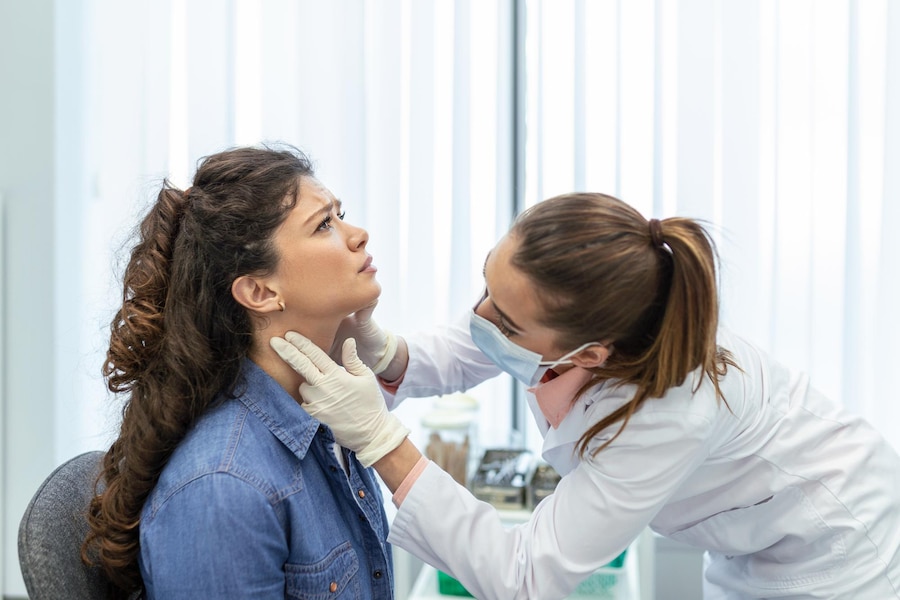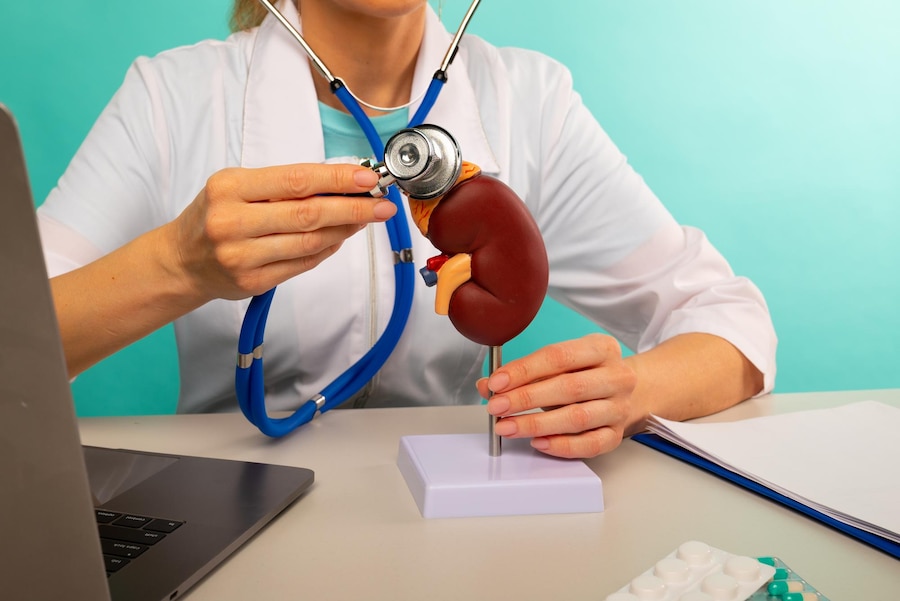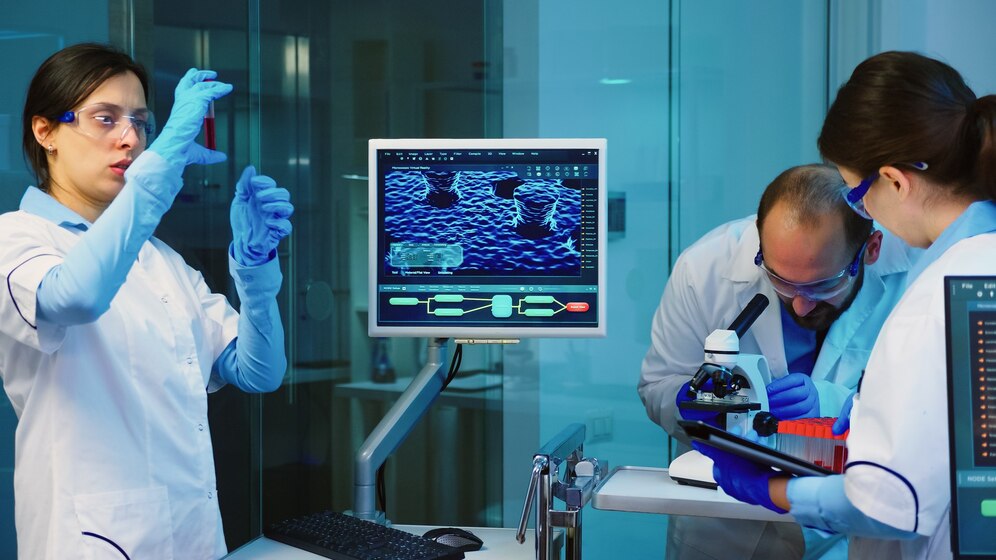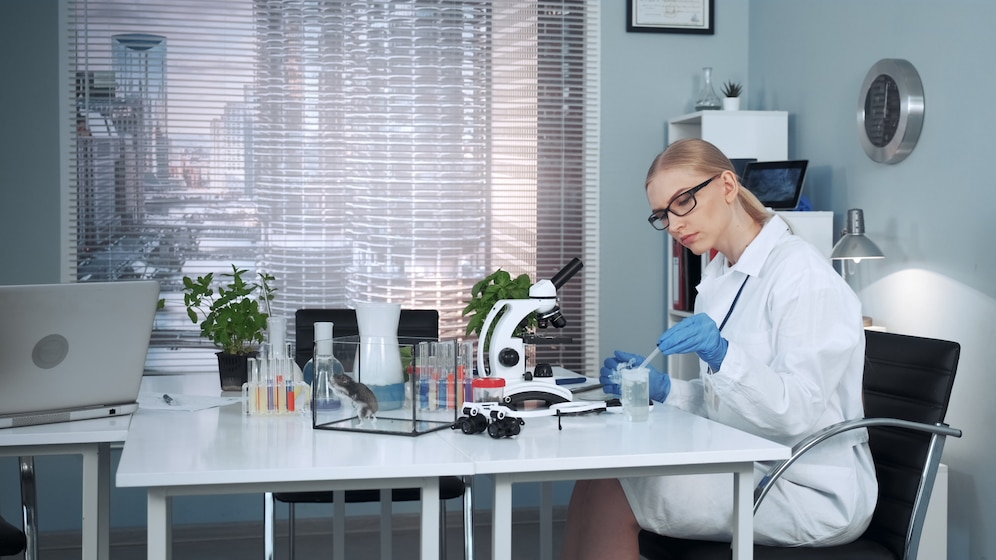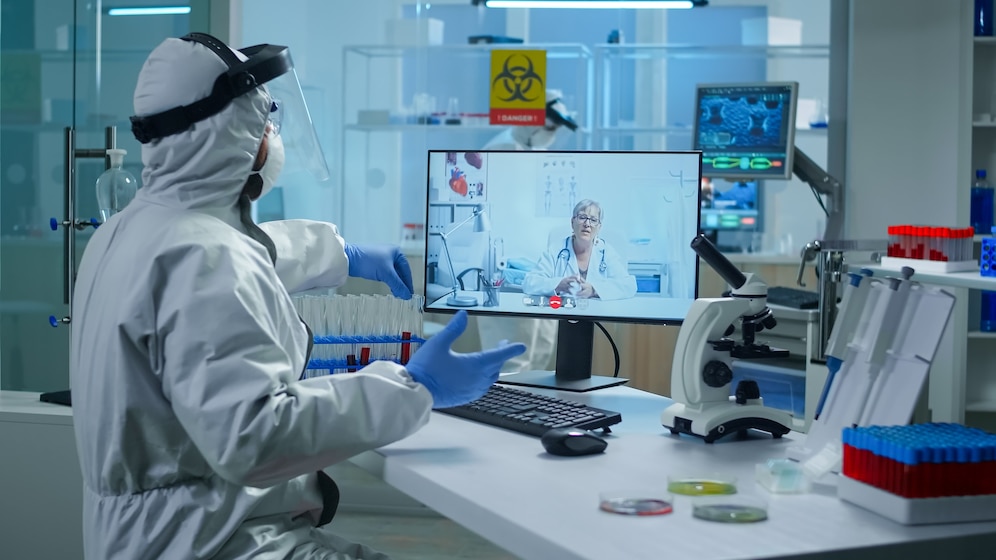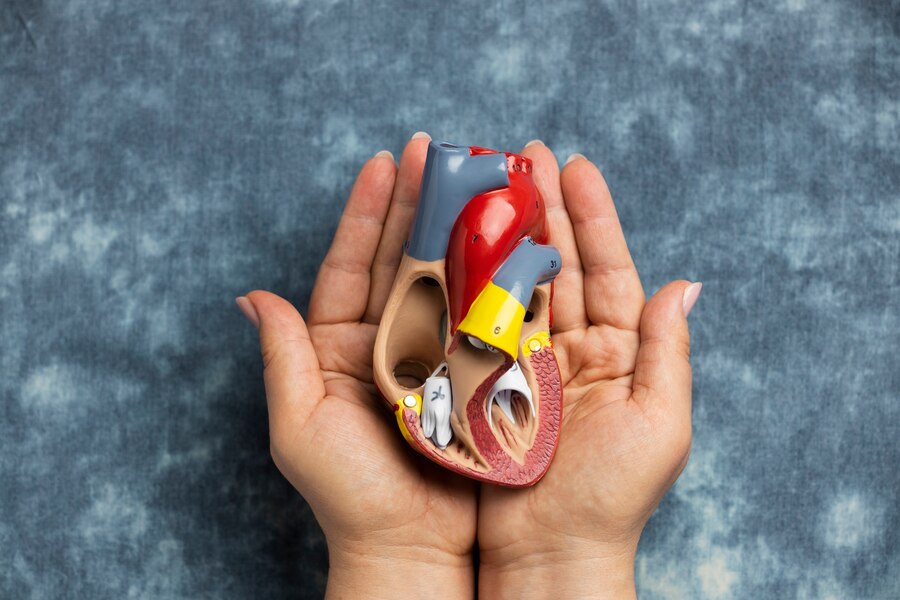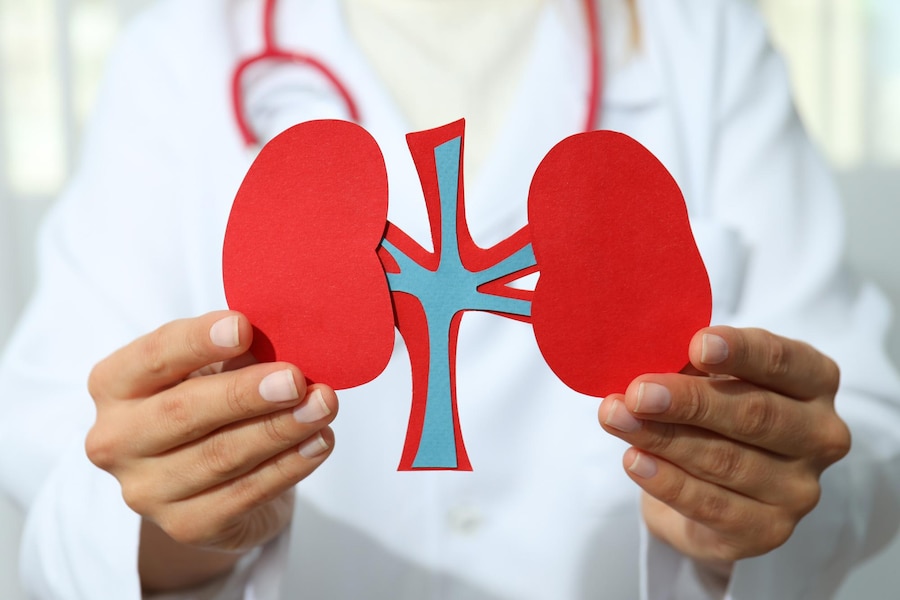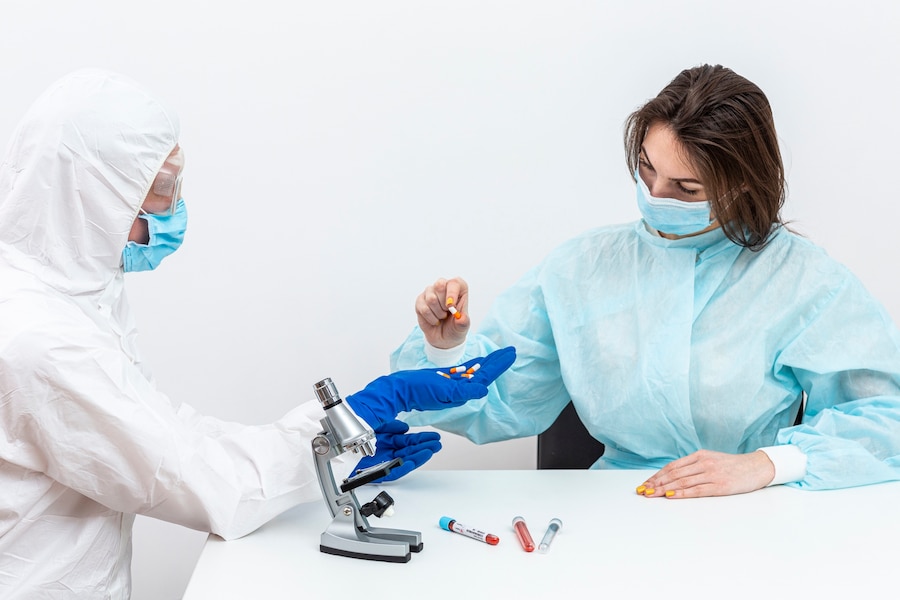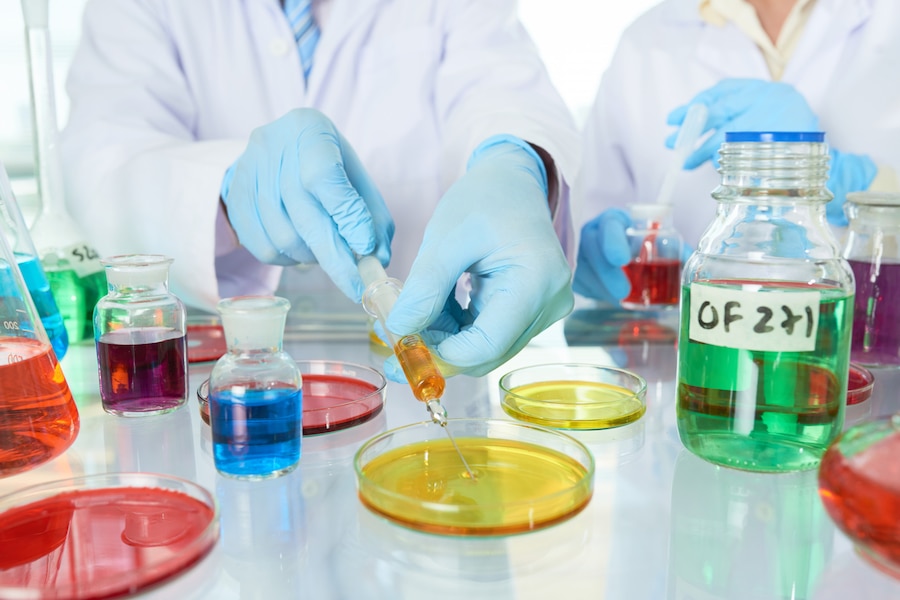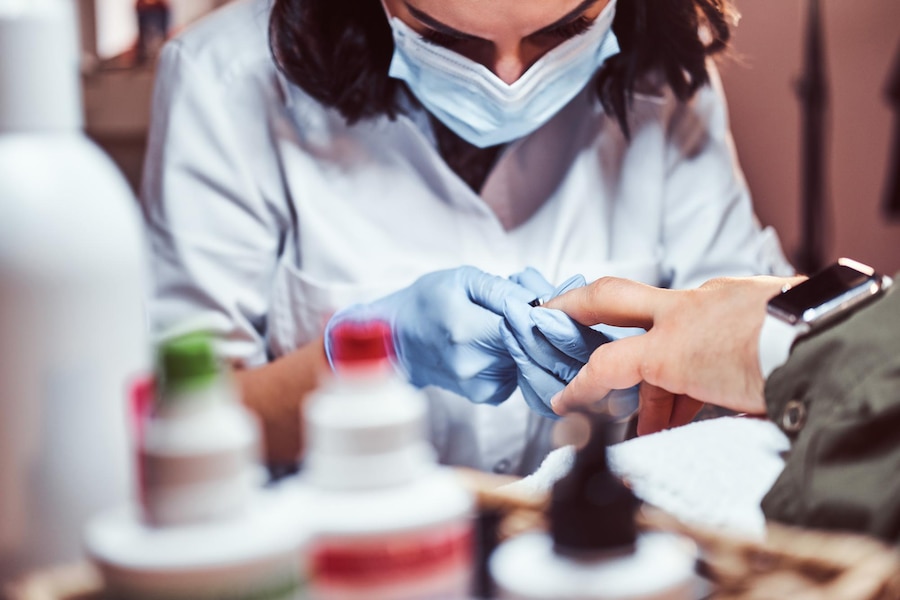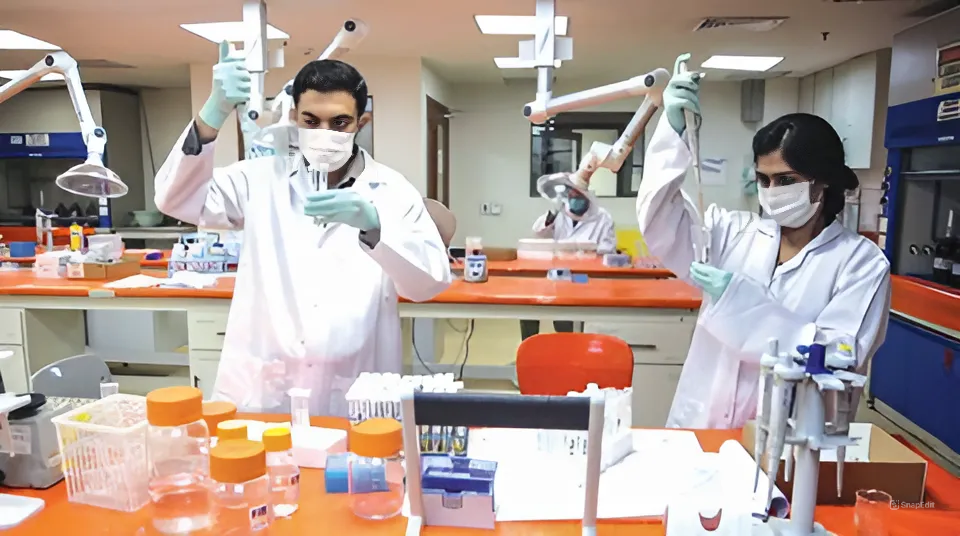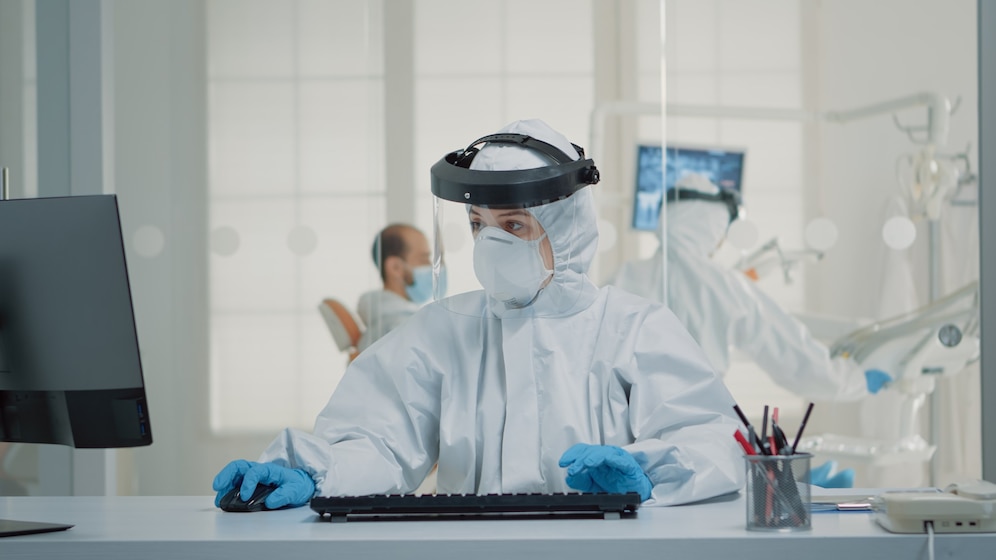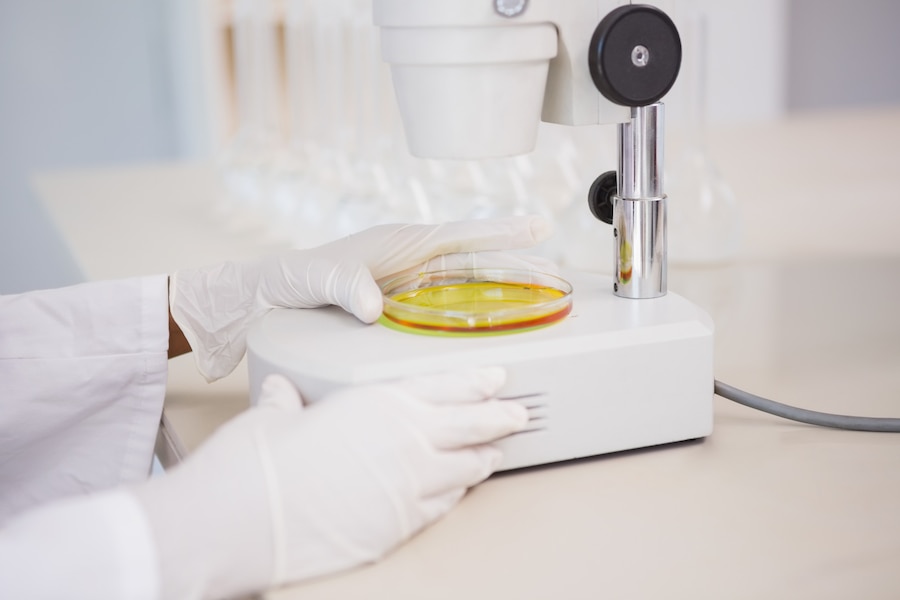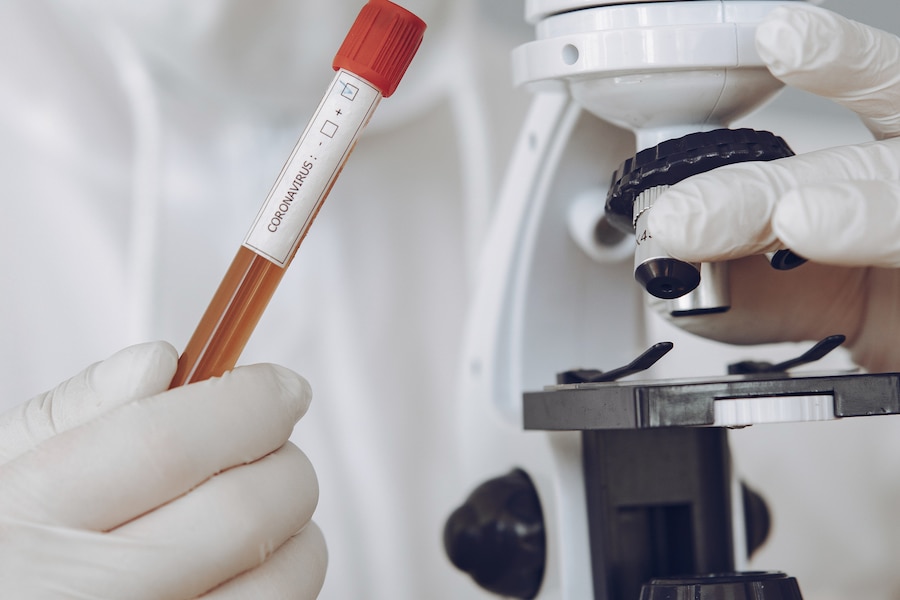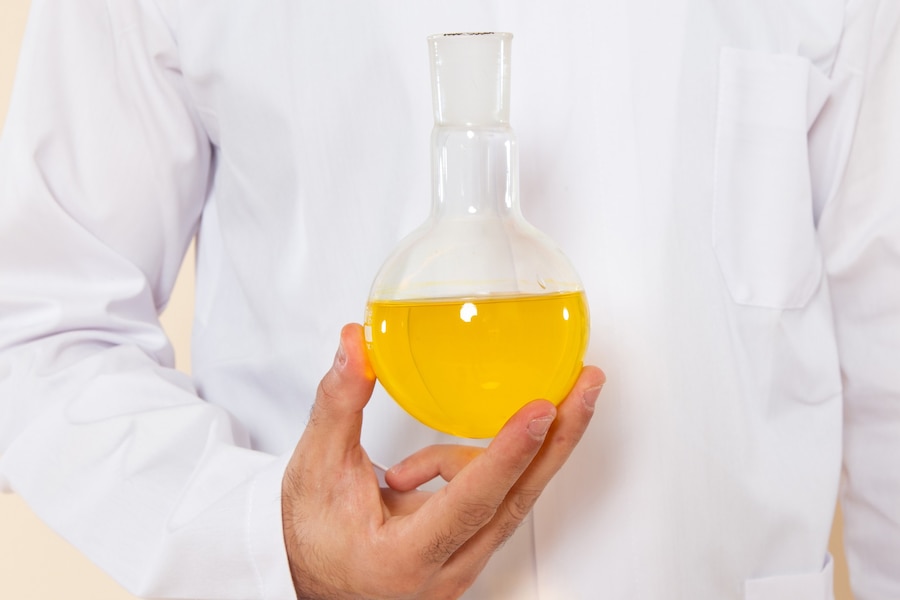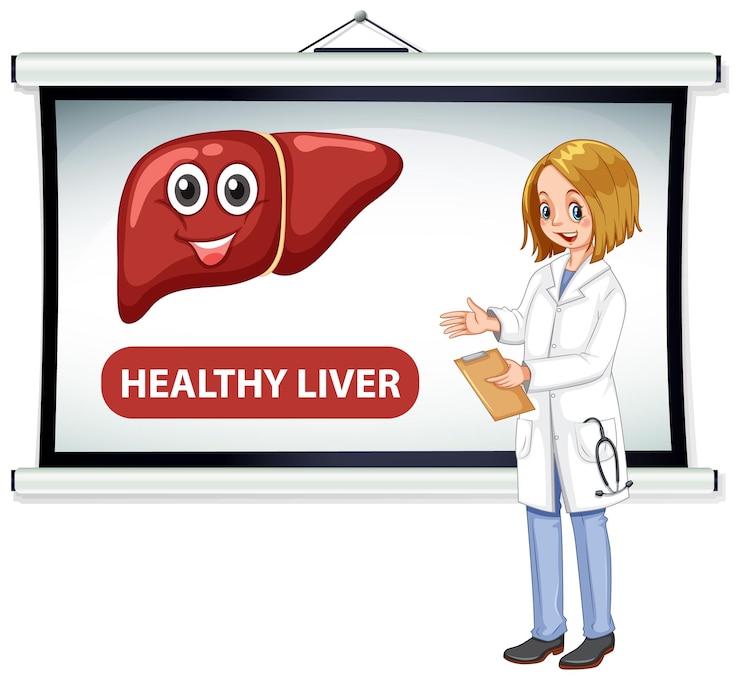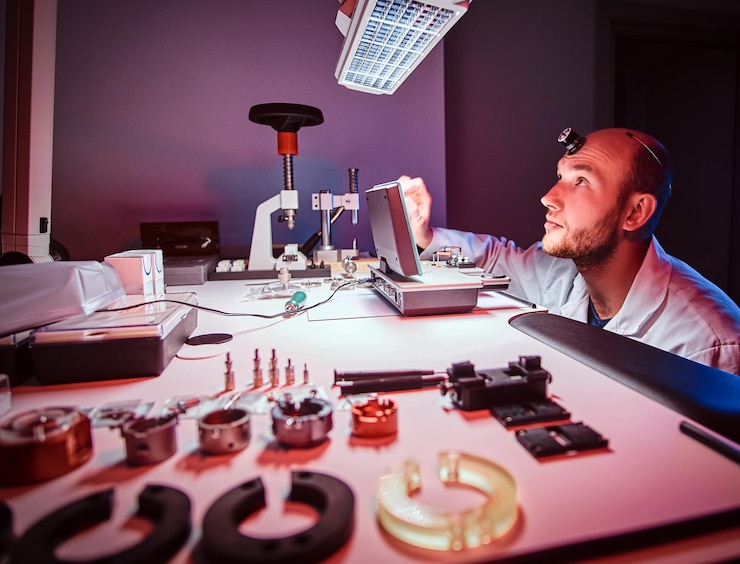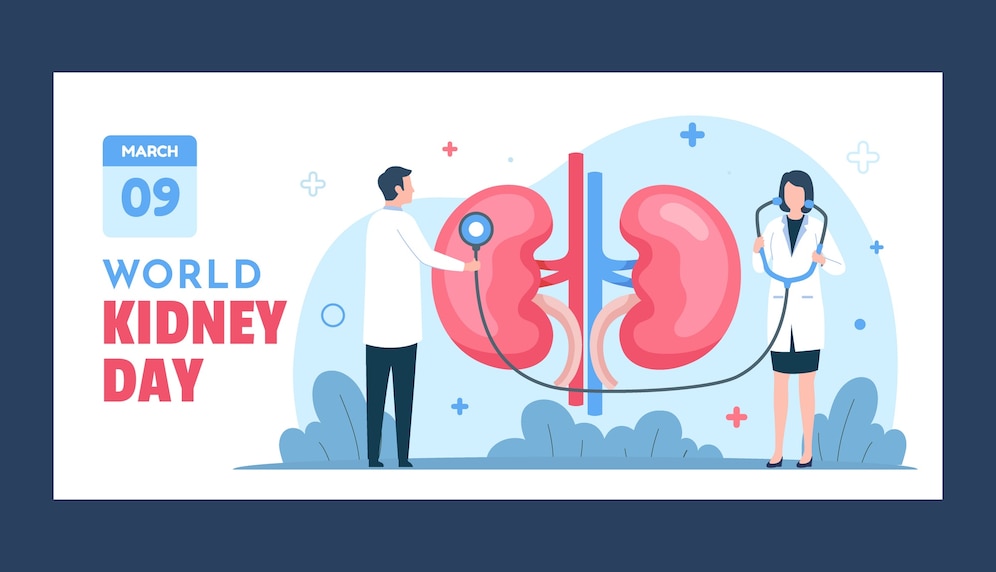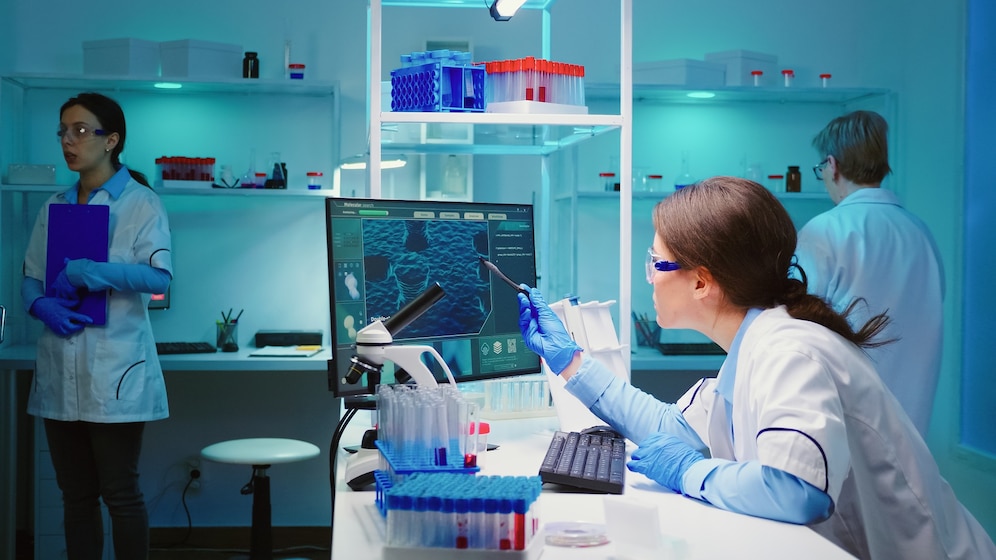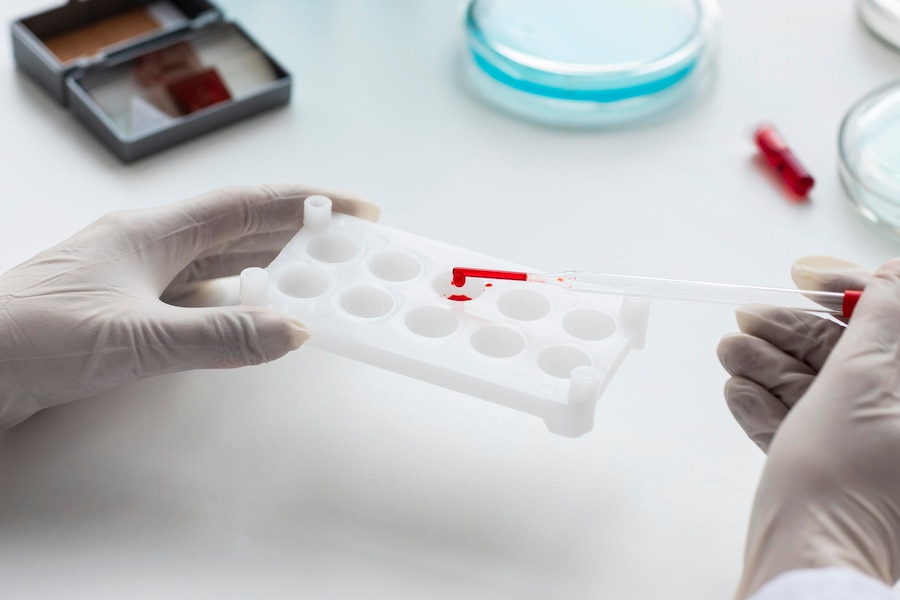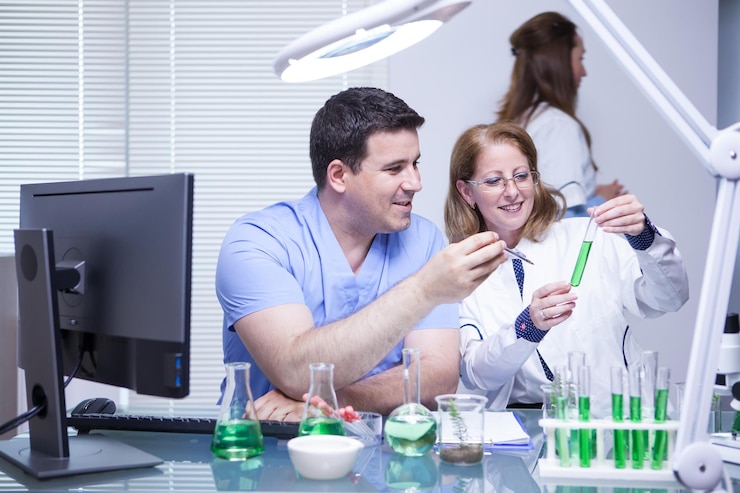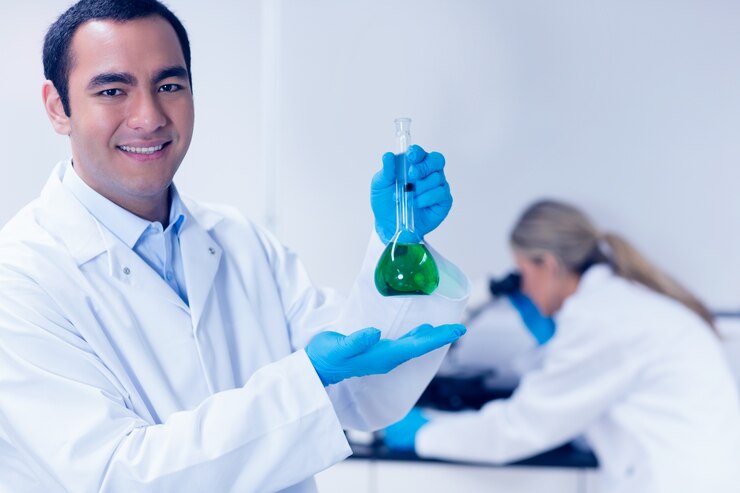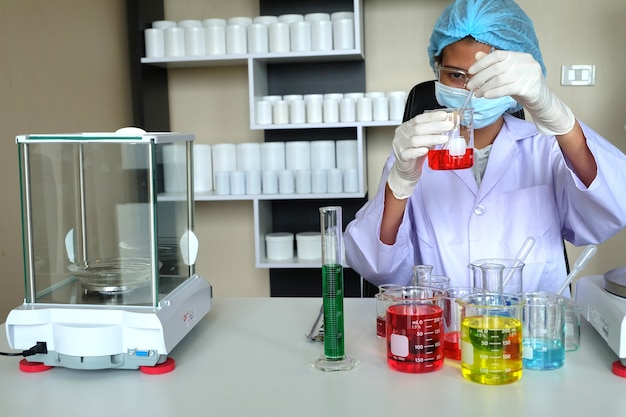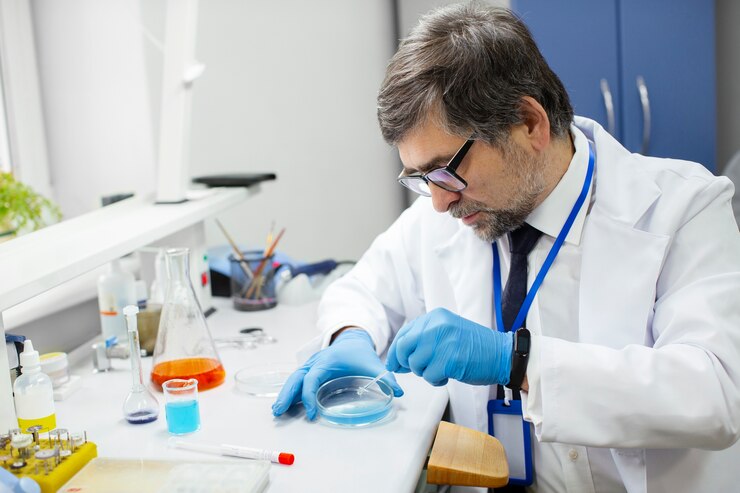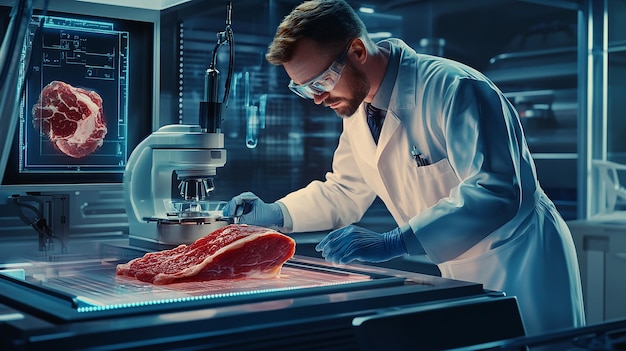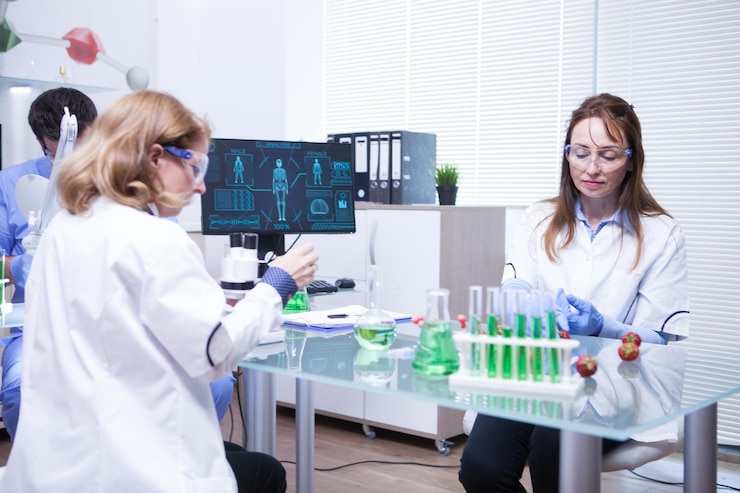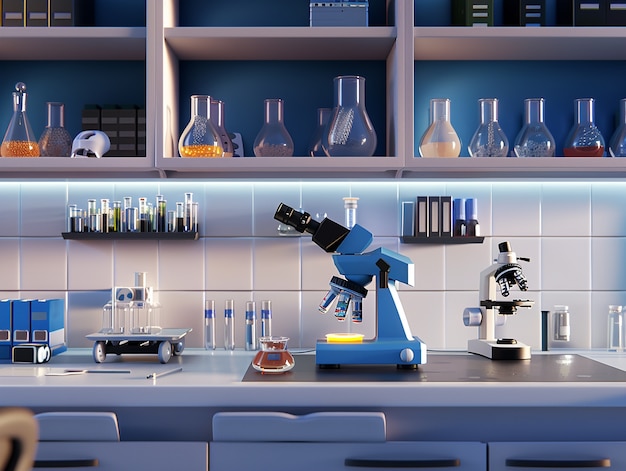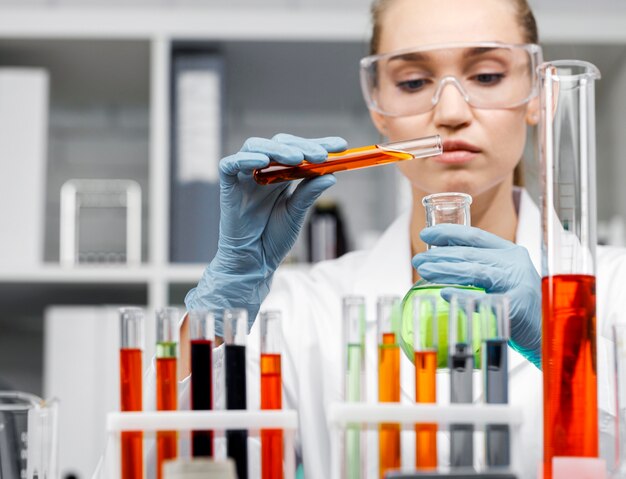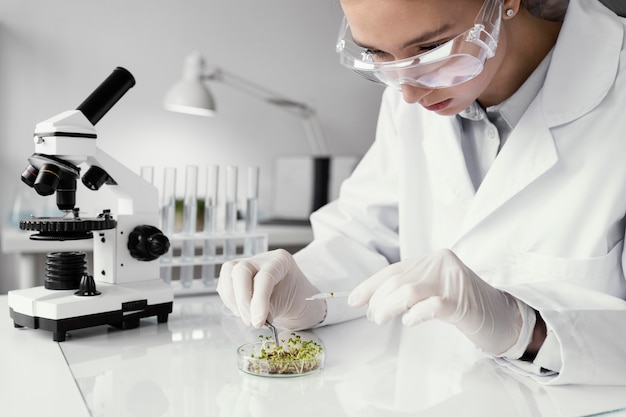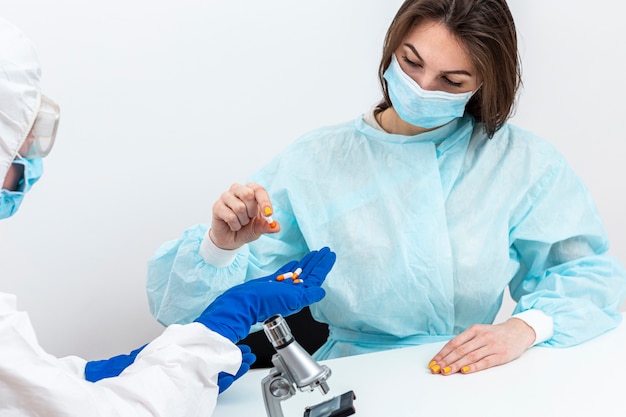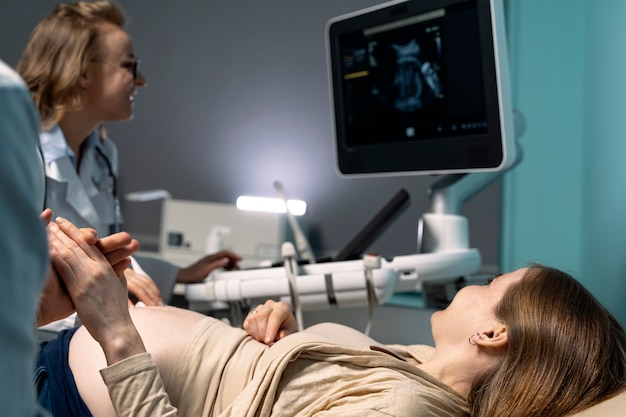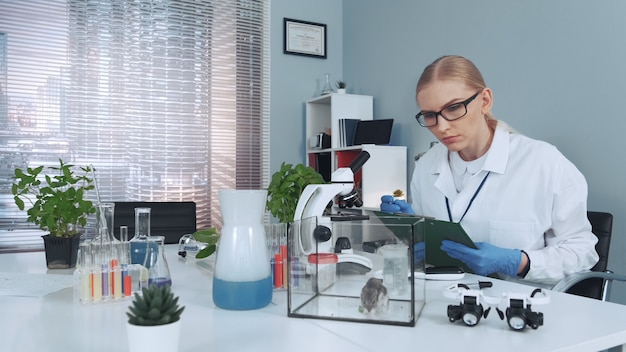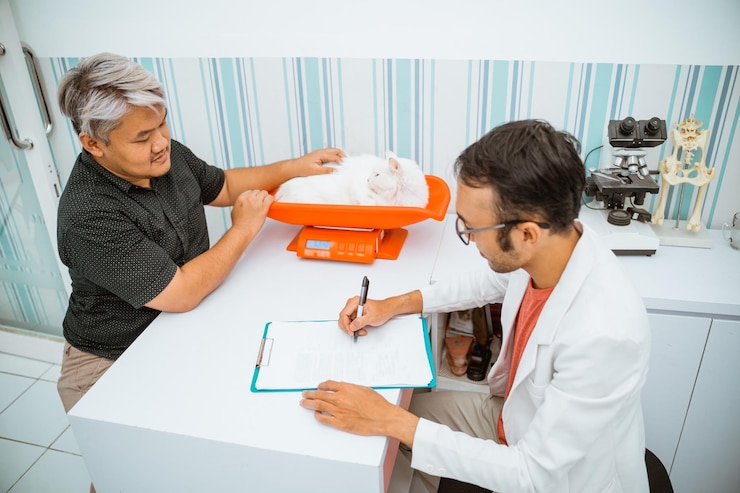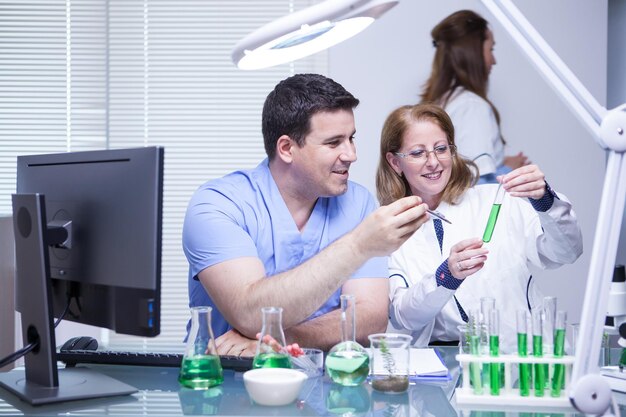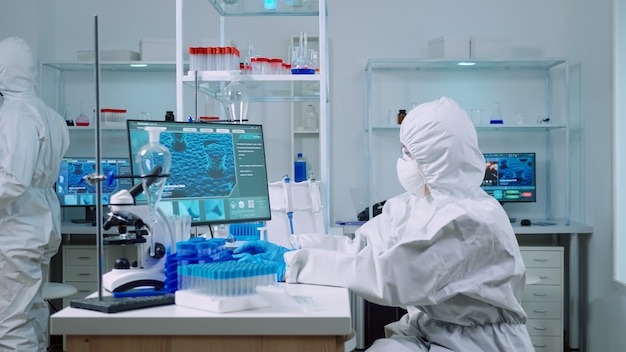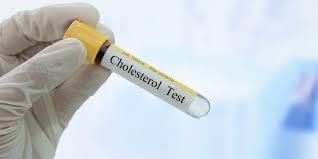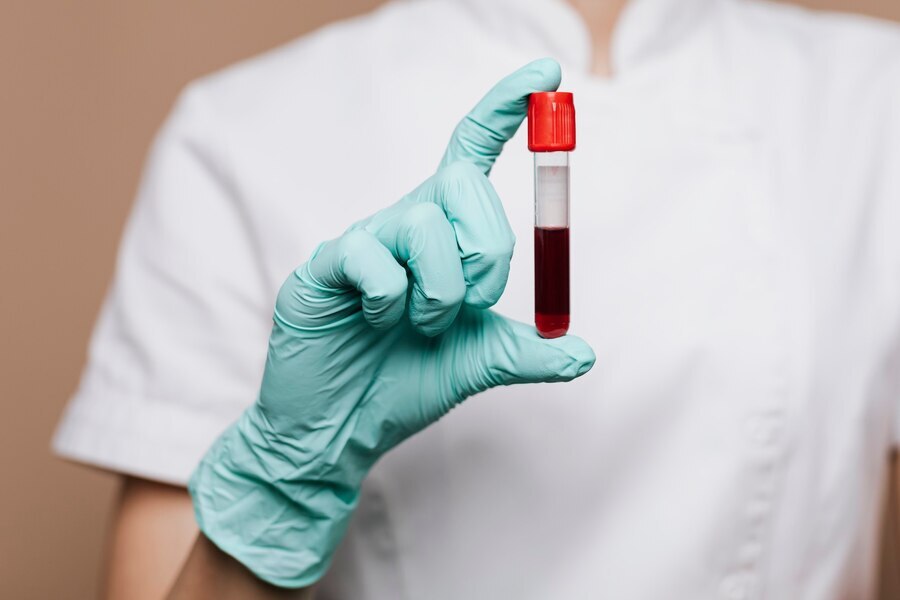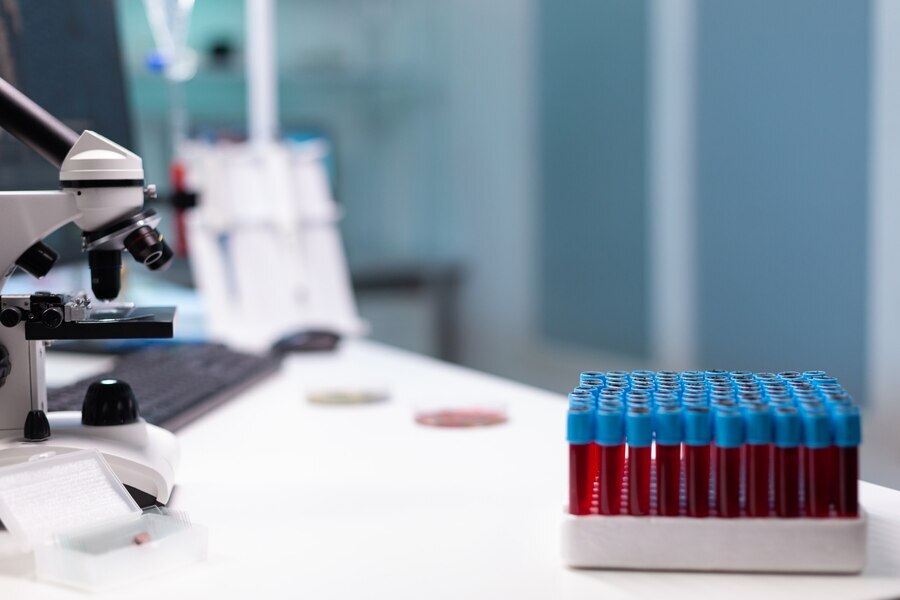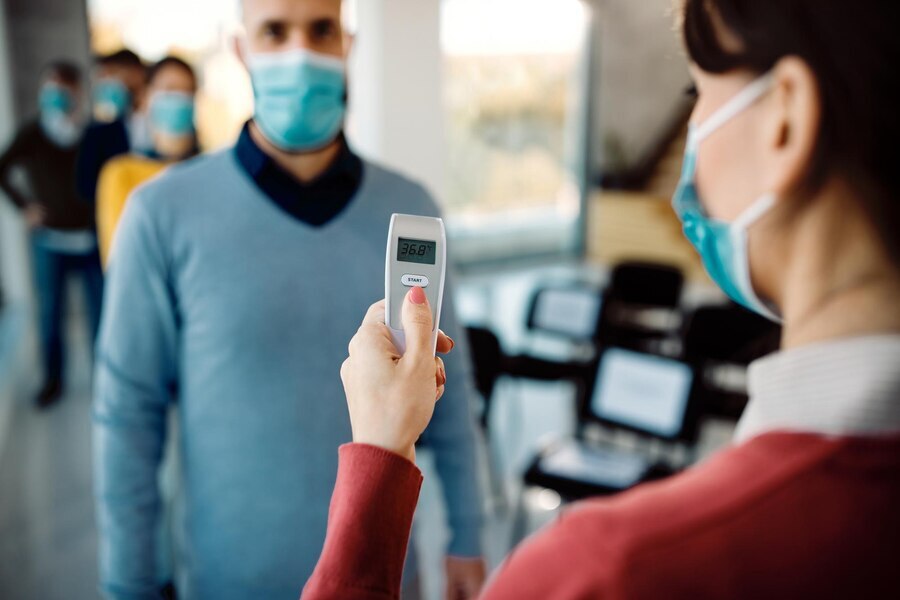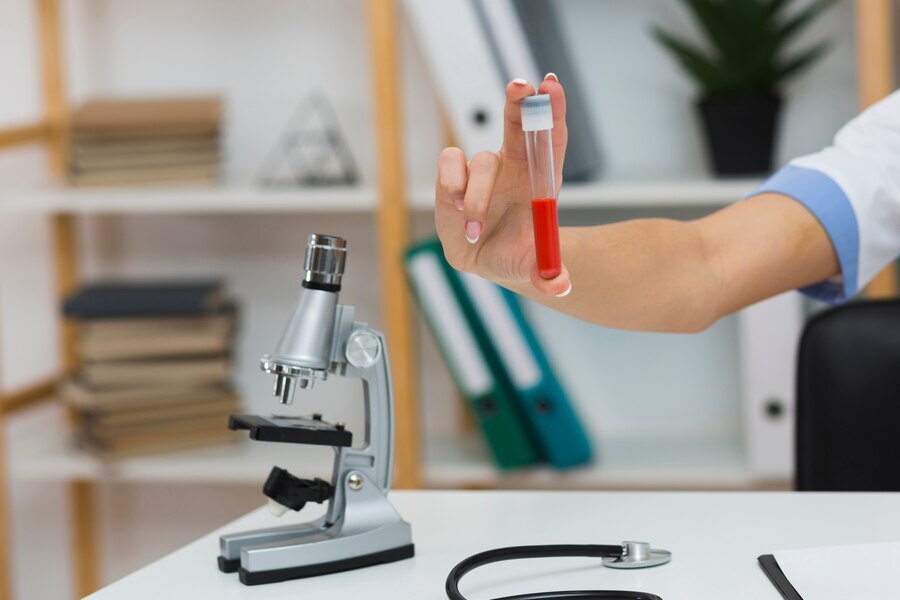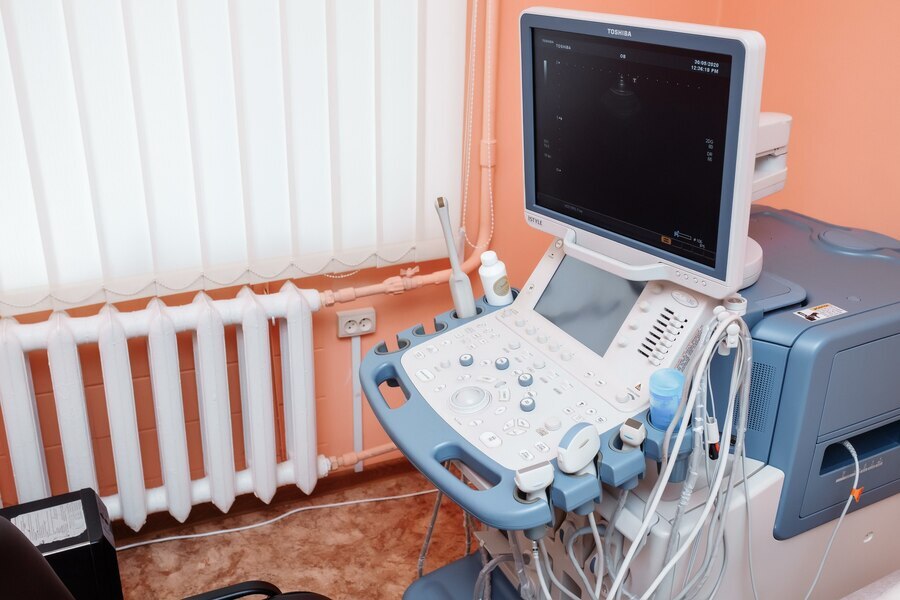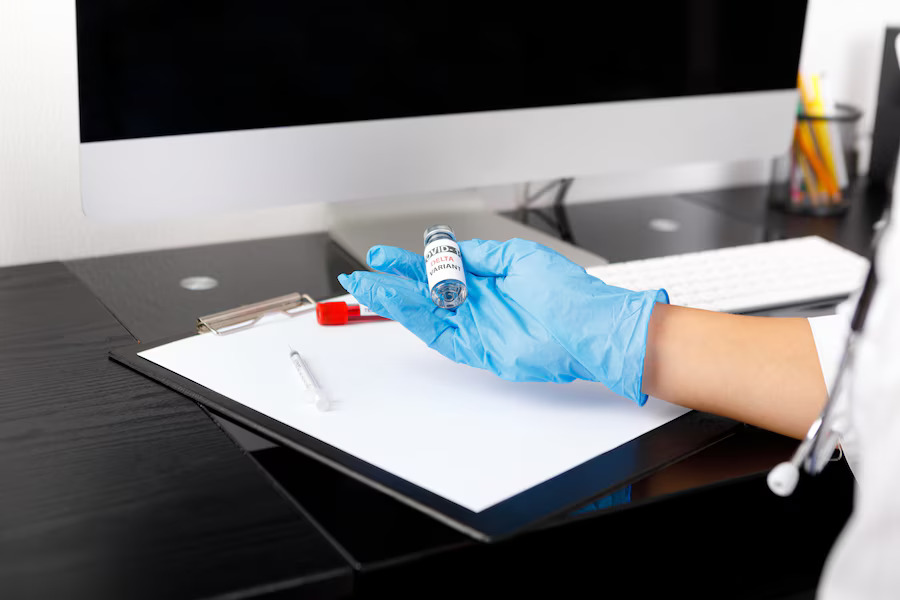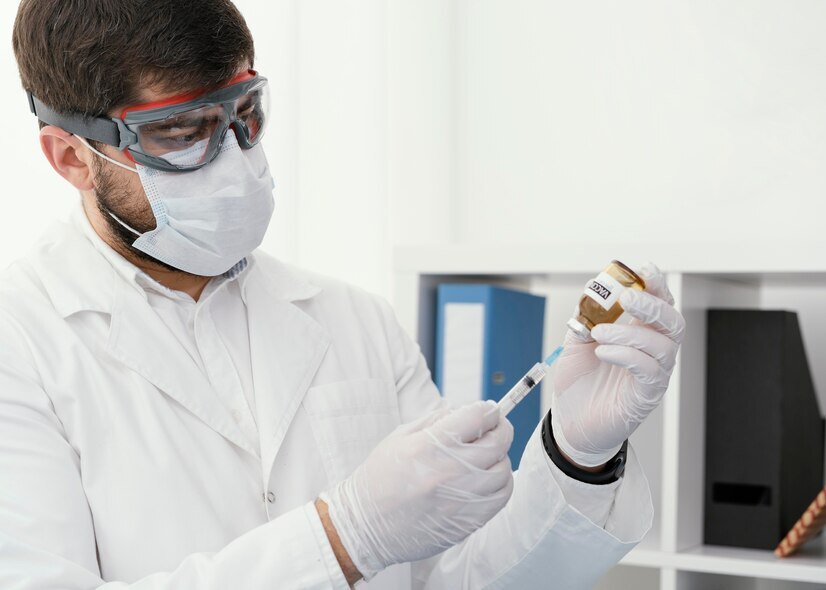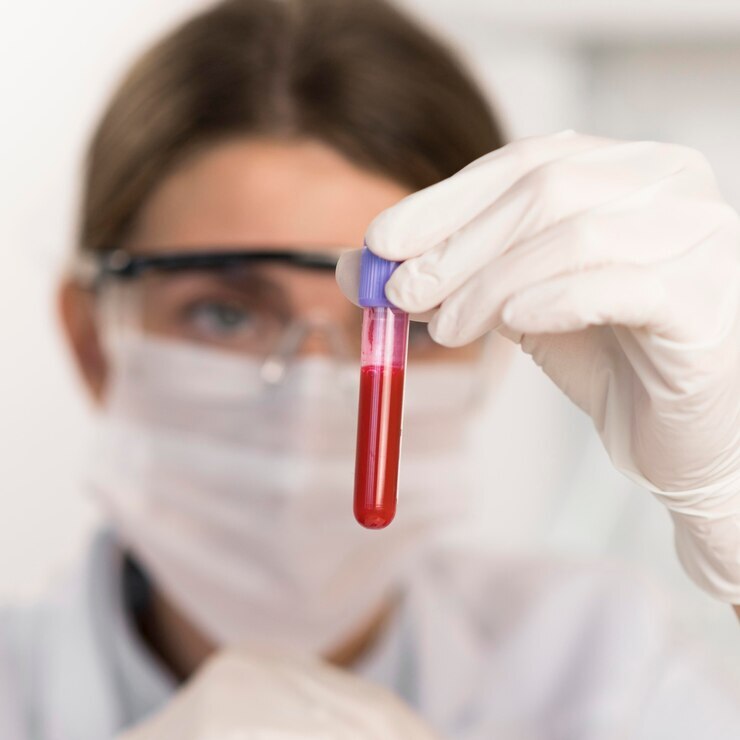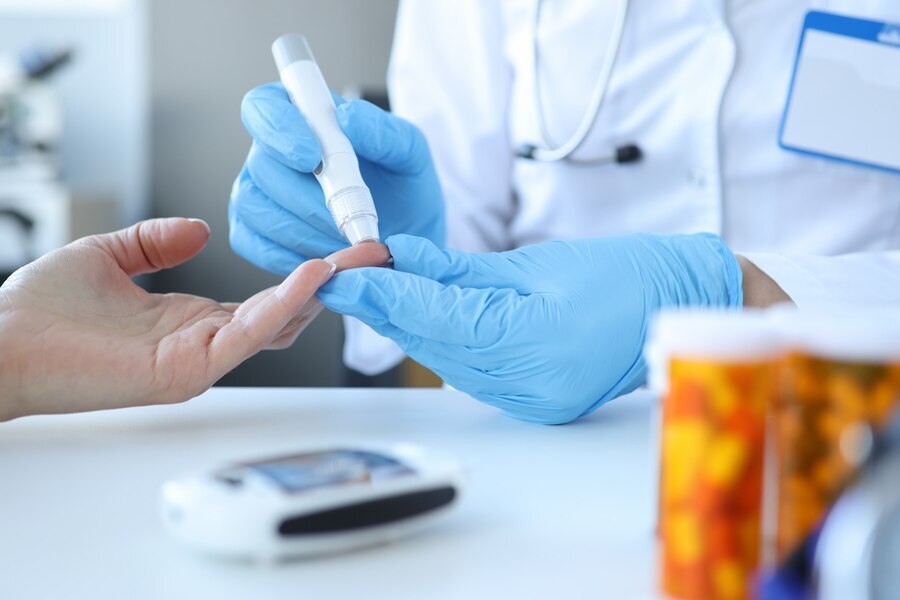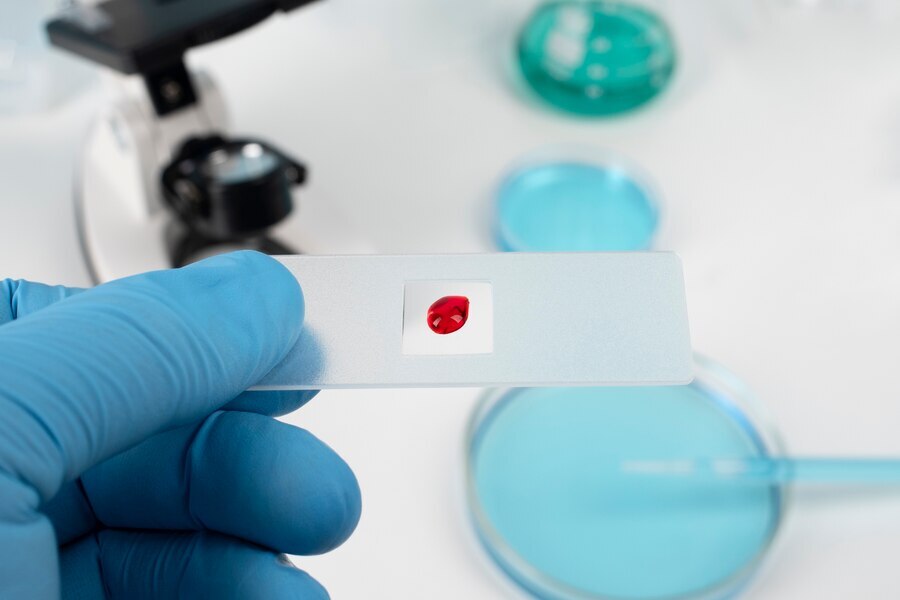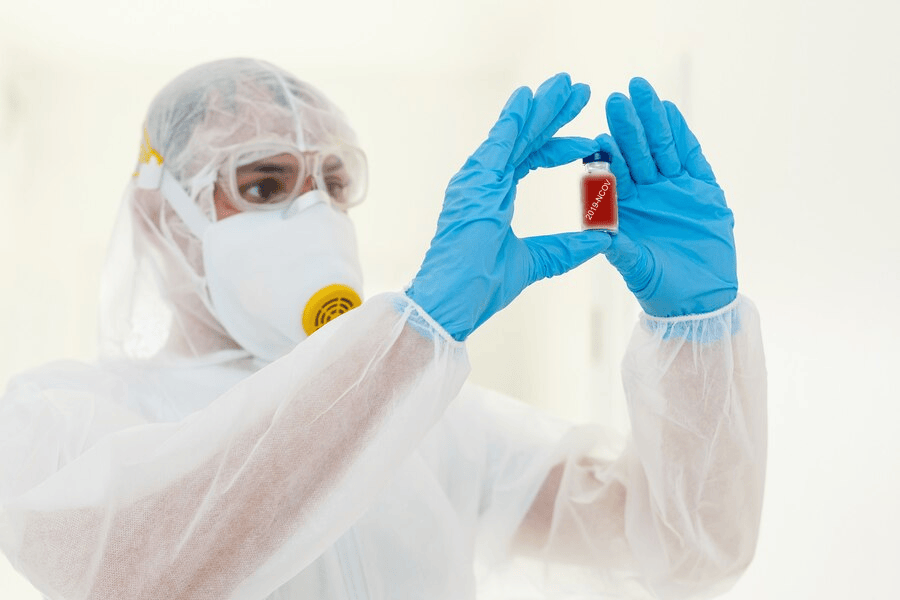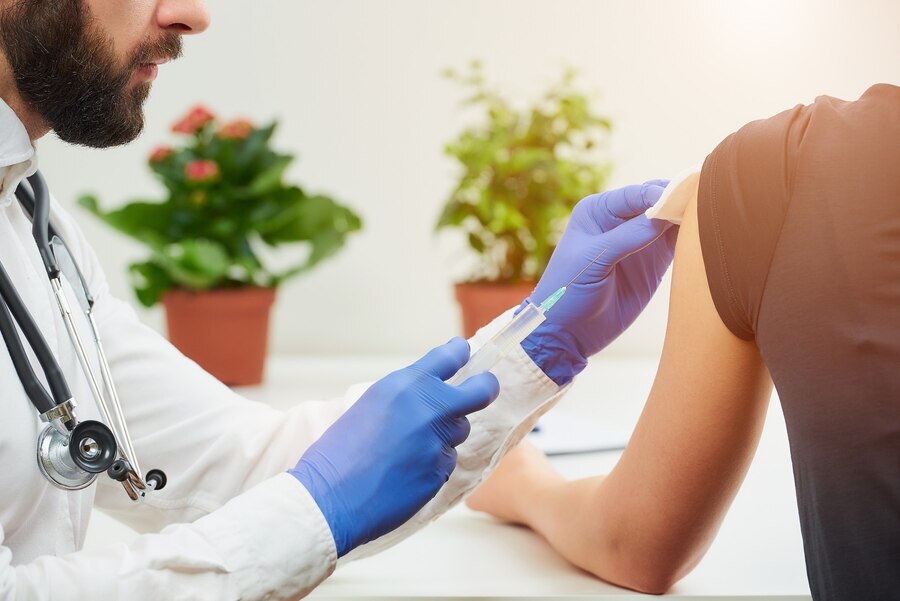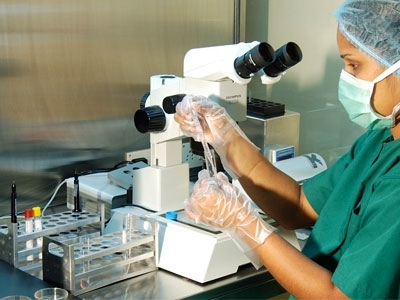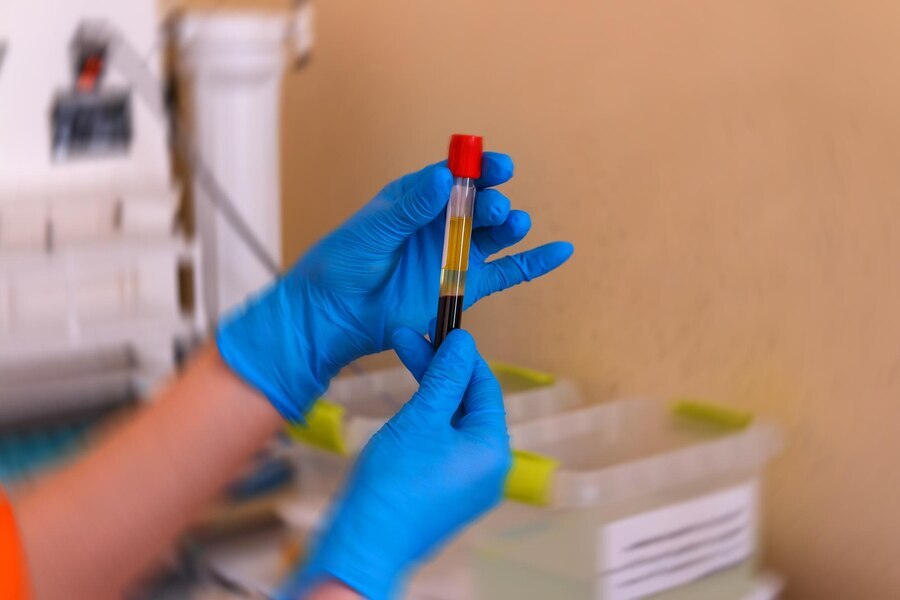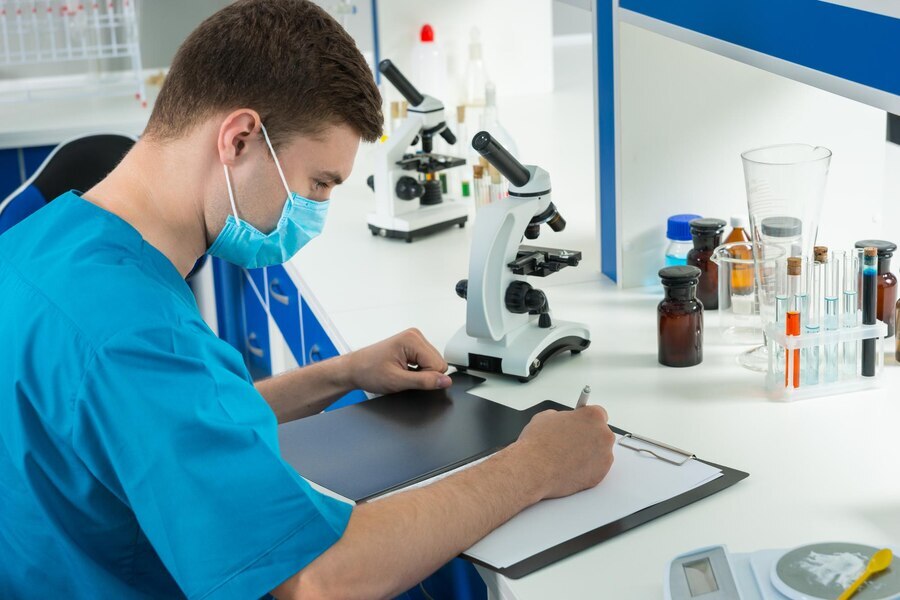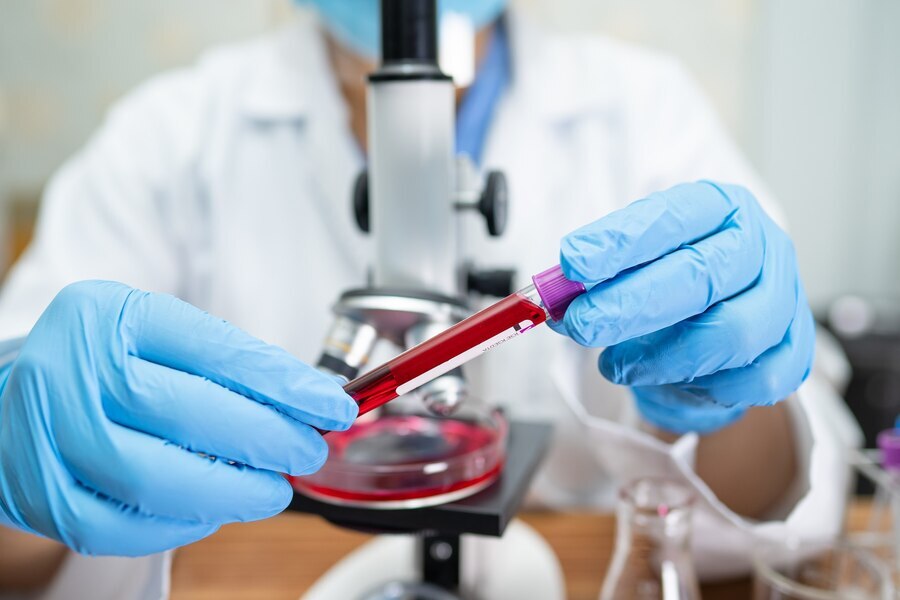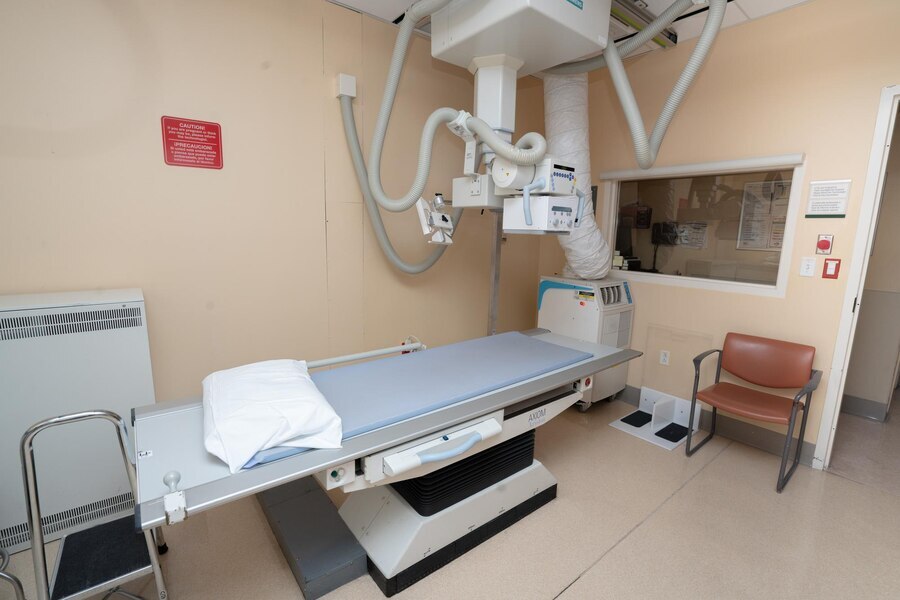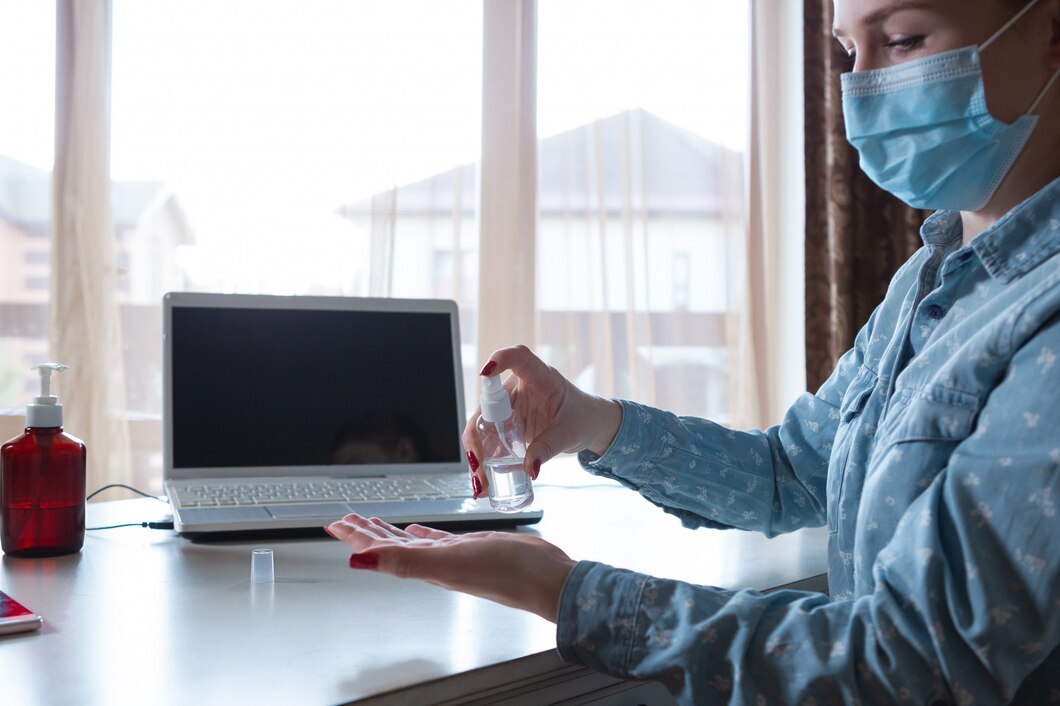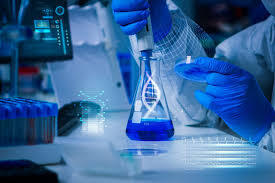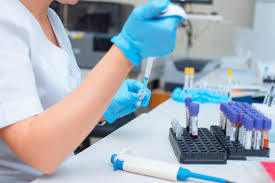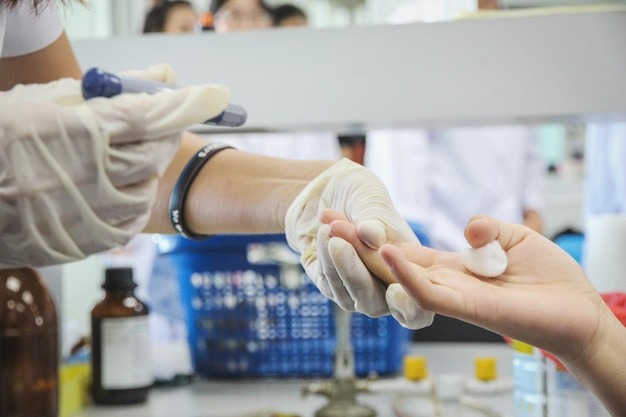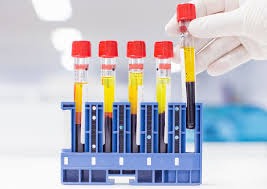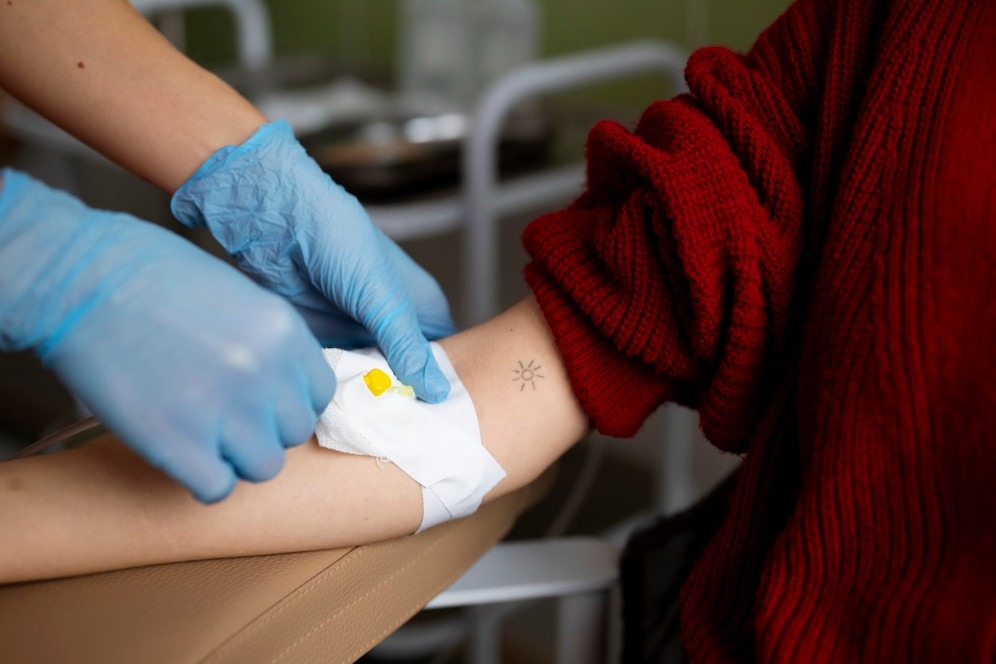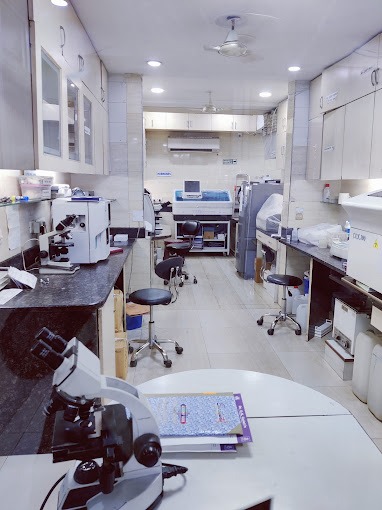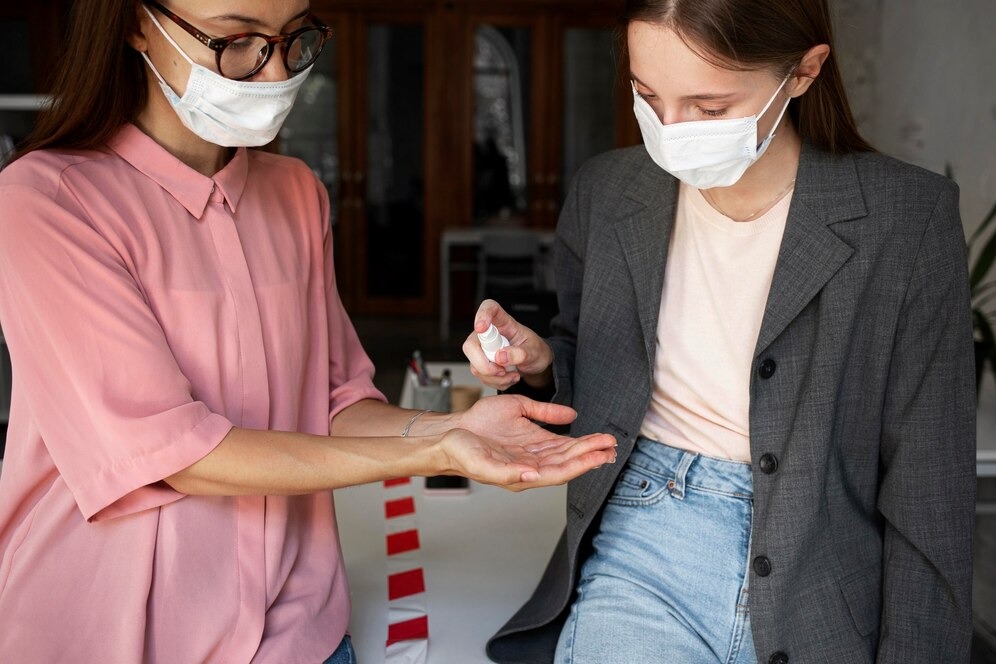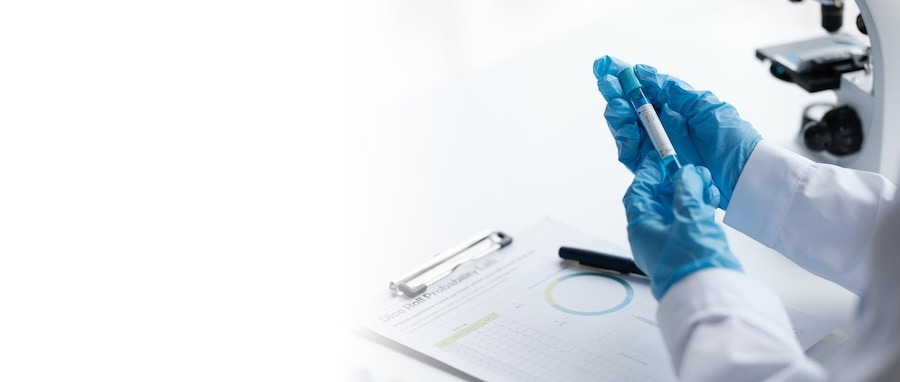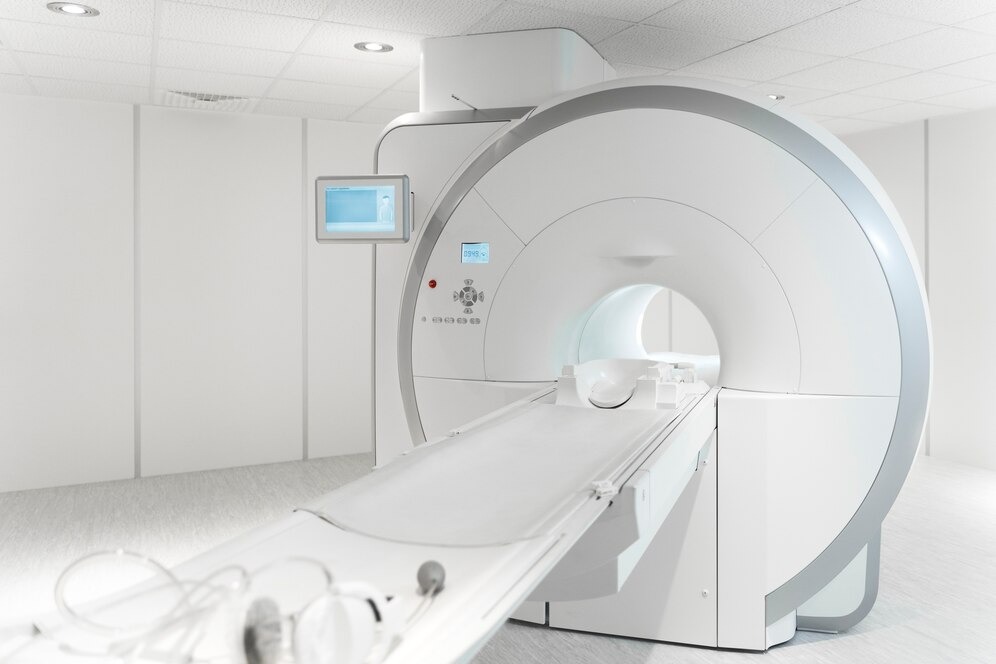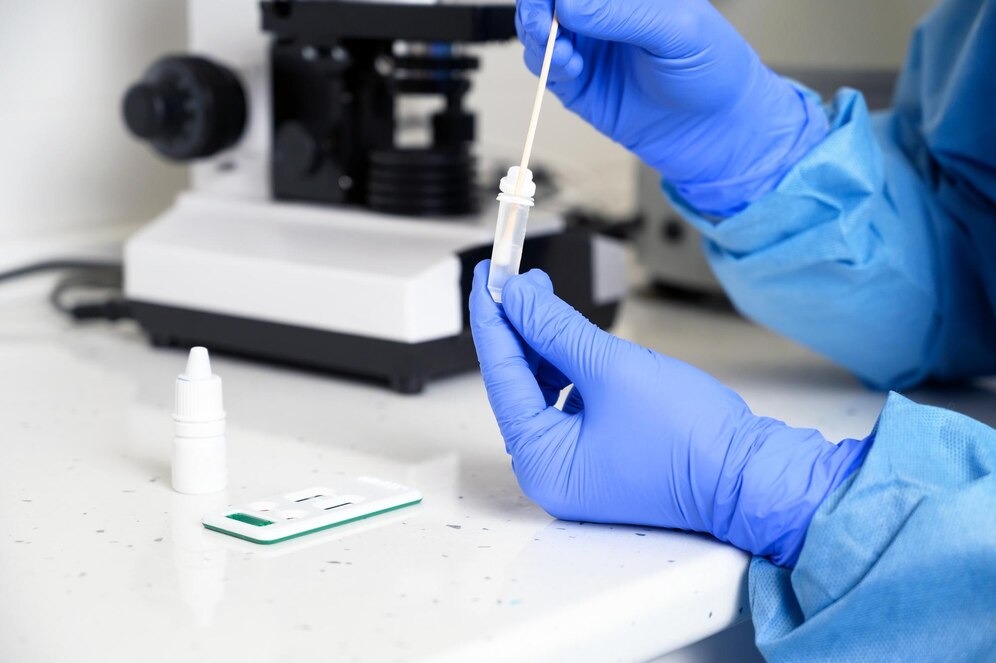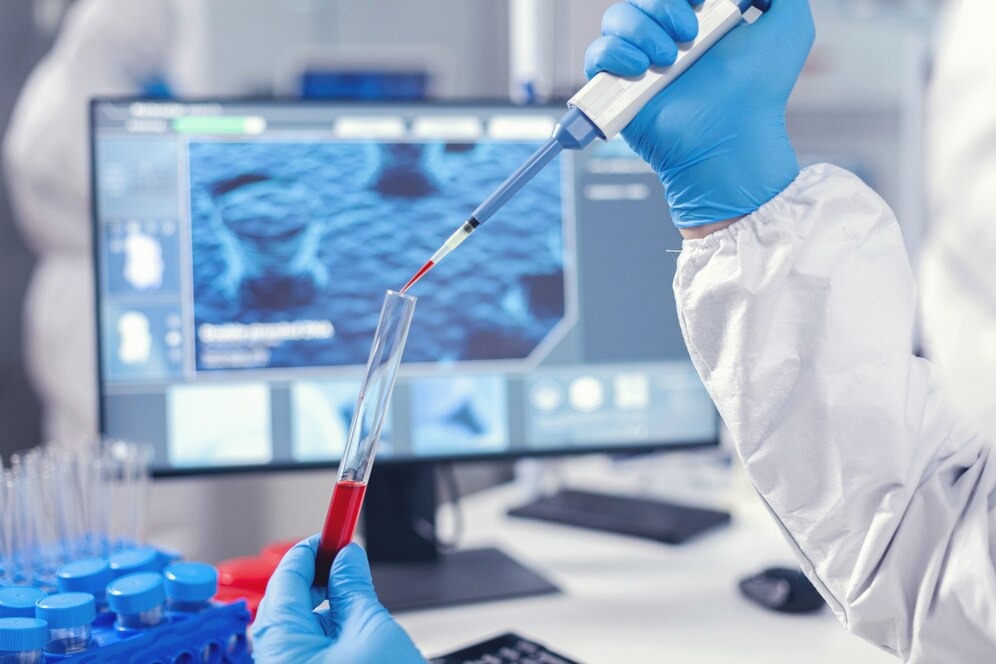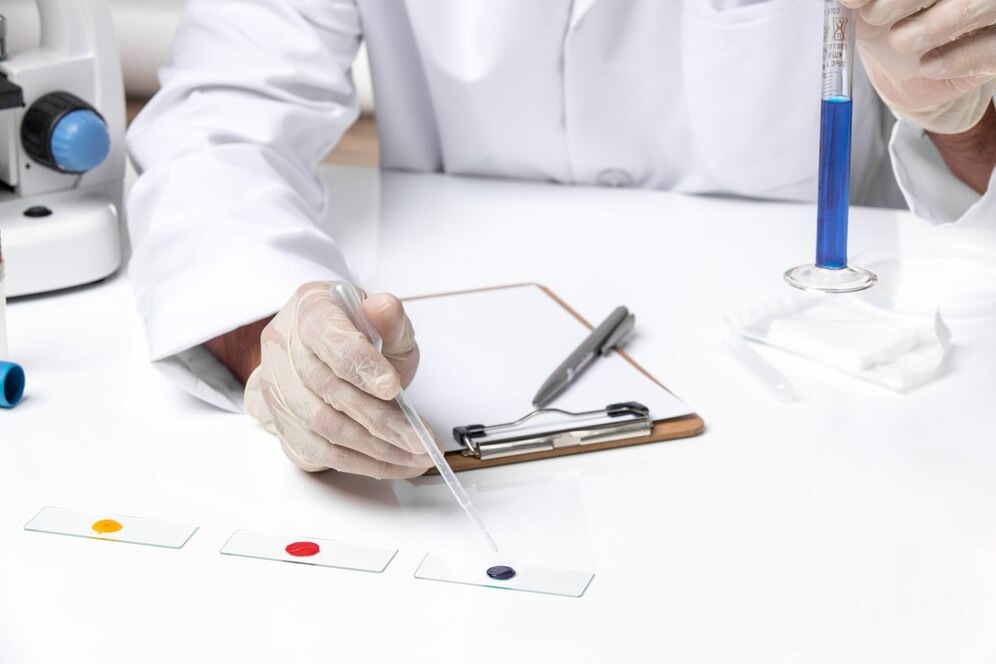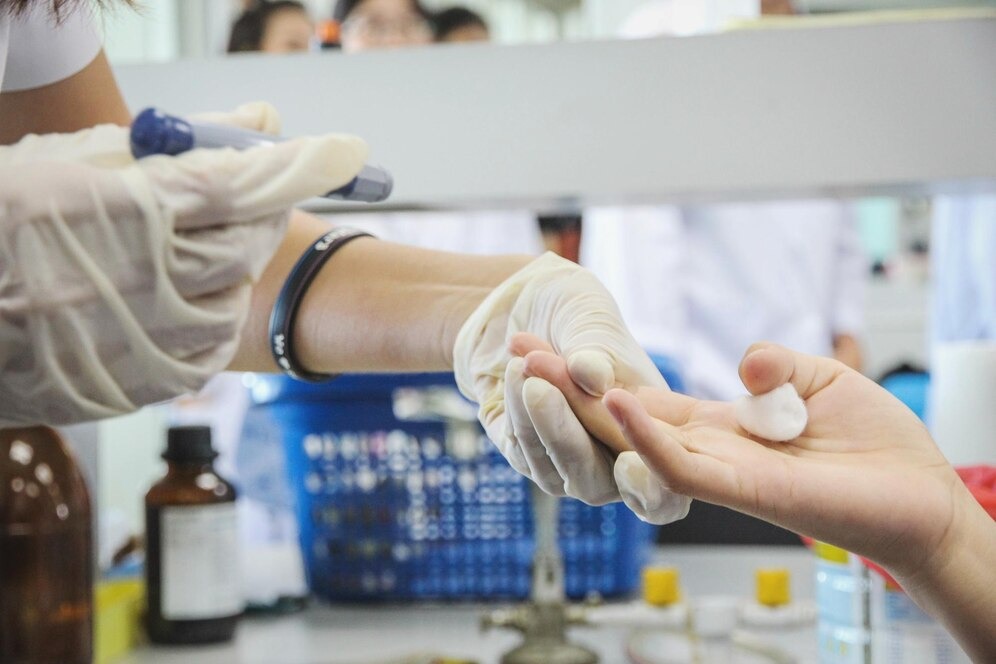1. Understanding Hydroceles
Hydroceles are fluid-filled sacs surrounding a testicle, leading to swelling in the scrotum. They are common in newborns but can affect males of any age. Although usually painless, the swelling can be uncomfortable and sometimes embarrassing.
2. Causes of Hydroceles
Hydroceles can develop due to various reasons, including:
- Congenital factors in newborns
- Injury or trauma to the testicles
- Infections or inflammations
- Tumors (though rare) Understanding the cause is crucial for effective treatment.
3. Symptoms of Hydroceles
Common symptoms include:
- Swelling in one or both testicles
- A feeling of heaviness in the scrotum
- Discomfort or pain in severe cases
4. Diagnosis of Hydroceles
Diagnosing hydroceles typically involves:
- Physical examination
- Transillumination (shining a light through the scrotum)
- Ultrasound, if necessary, to rule out other conditions
5. When to Seek Treatment
While hydroceles often resolve on their own in infants, adults should seek medical attention if:
- Swelling becomes painful
- There is a risk of infection
- The hydrocele doesn’t resolve on its own
6. Hydroceles Treatment Options
There are several treatment options available for hydroceles, including:
7. Watchful Waiting
In some cases, hydroceles may not require immediate treatment and can be monitored for changes over time. This approach is often taken if the hydrocele is small and not causing significant discomfort.
8. Aspiration
Aspiration involves using a needle to remove the fluid from the hydrocele. While this provides temporary relief, hydroceles can reoccur, and additional treatments may be necessary.
9. Sclerotherapy
Sclerotherapy is often performed alongside aspiration. It involves injecting a sclerosing agent into the hydrocele sac to prevent fluid from accumulating again. This method is more permanent compared to aspiration alone.
10. Surgical Treatment
For persistent or large hydroceles, surgical intervention may be required. The common surgical procedures include:
- Hydrocelectomy: Removal of the hydrocele sac.
- Inguinal or Scrotal Approach: Depending on the location and size of the hydrocele, different surgical approaches can be used.
11. Recovery and Aftercare
Post-treatment recovery involves:
- Rest and limited physical activity
- Wearing supportive underwear to reduce discomfort
- Following the doctor’s instructions for wound care and medication
12. Risks and Complications
As with any medical procedure, there are potential risks and complications, including:
- Infection
- Recurrence of the hydrocele
- Injury to surrounding structures
13. Choosing the Right Healthcare Provider
Choosing the right healthcare provider is crucial for effective treatment. For residents of Safdarjung Enclave, Maan Mati Hospital offers expert hydroceles treatment in Safdarjung Enclave. Ensure the healthcare provider has experience and a good track record in treating hydroceles.
14. Importance of Follow-Up
Regular follow-up appointments are essential to monitor recovery and detect any signs of recurrence or complications early.
15. Lifestyle and Home Remedies
While medical treatment is often necessary, some lifestyle and home remedies can help manage symptoms:
- Wearing supportive underwear
- Avoiding heavy lifting or strenuous activities
- Applying cold packs to reduce swelling
Conclusion
Hydroceles, while usually benign, can cause discomfort and require appropriate treatment. Understanding the condition, seeking timely medical advice, and choosing the right treatment option are crucial steps. For the best hydroceles treatment in Safdarjung Enclave, visit Maan Mati Hospital. With expert care and proper management, you can effectively address this condition and improve your quality of life.
